From BBC
Remember the days before modern technology, endless Netflix streaming, and social distancing? Our pace of life used to be very different from how it is today, and we wanted to take a look at how it was in the age before smartphones. This photo series shows the rare and behind the scenes moments of everyday life in the ’50s, ’60s, and ’70s.
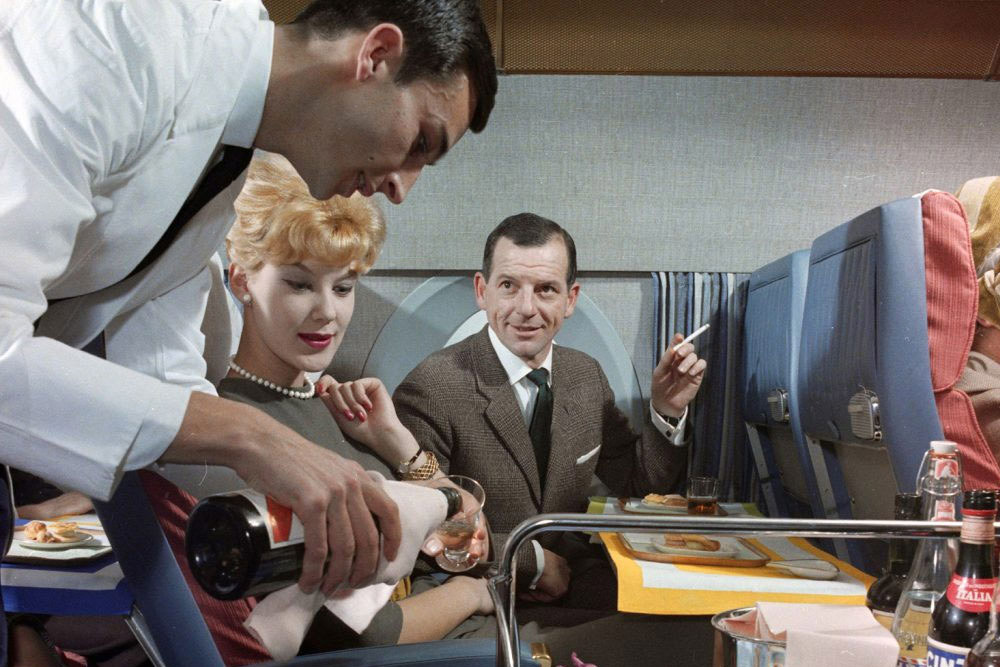
We take a peek inside the workplaces, public spaces, and nightlife hot zones that memories were made of. Take a look at our handpicked selection of the best color photos that capture those forgotten moments. Just try not to lose yourself in the past!
An Old School Inkjet
Back in the ’60s, modern workspaces looked very different from what they do today. Believe it or not, this is actually a Recordak reader printer! The operator in the picture is inserting film into the left side slot, where it will be automatically loaded. Depending on the model, the film would load in a 3M type cartridge or the reel would be held in a clip.
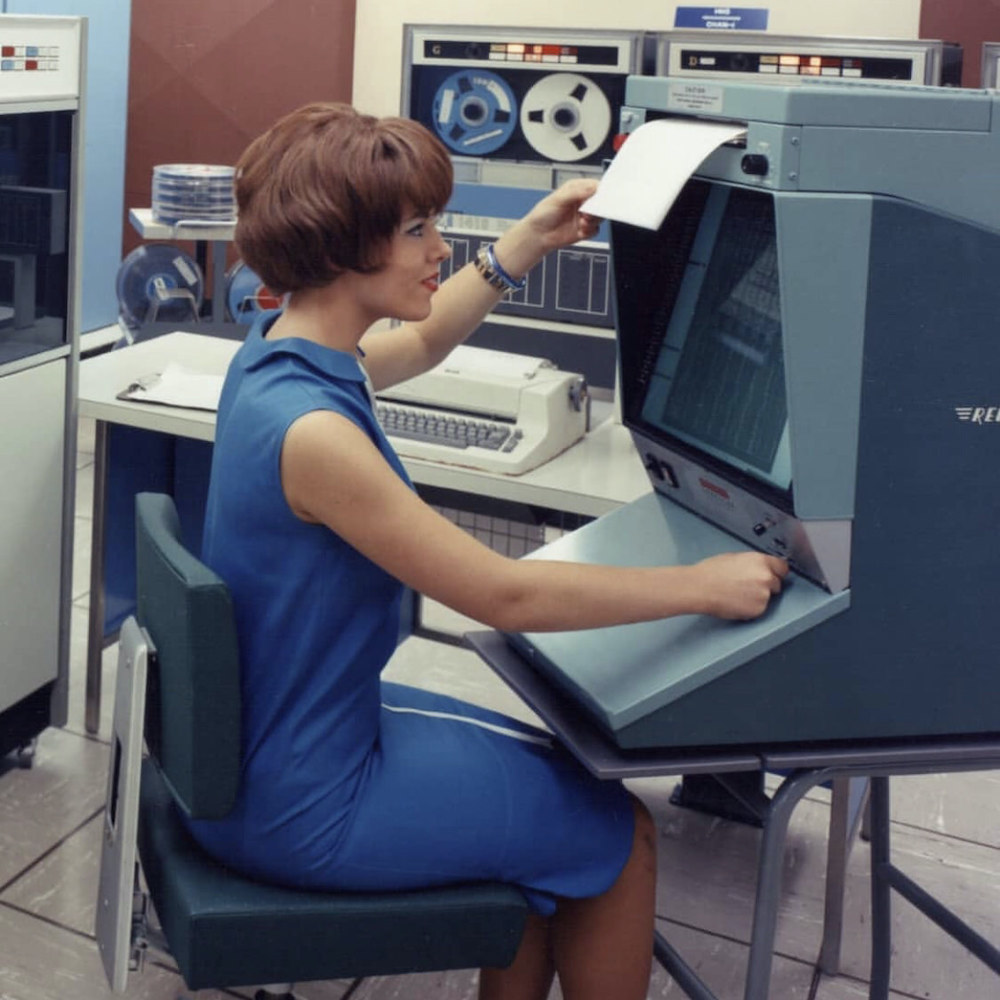
Either way, the film was loaded with no extra handling needed from the operator. Luxury certainly looked a lot different back in the day. Even in terms of dress sense. Imagine having to get that dressed up every day, a full face of makeup and everything!
Can I Take This Book Out?
This one’s a real nostalgic throwback to the public libraries of the ’70s. In this image, students are seen speaking with the public library staff back when things weren’t digital. If you wanted to find out if a book was available, or speak to someone about your account, you had to wade through mountains of paper files.
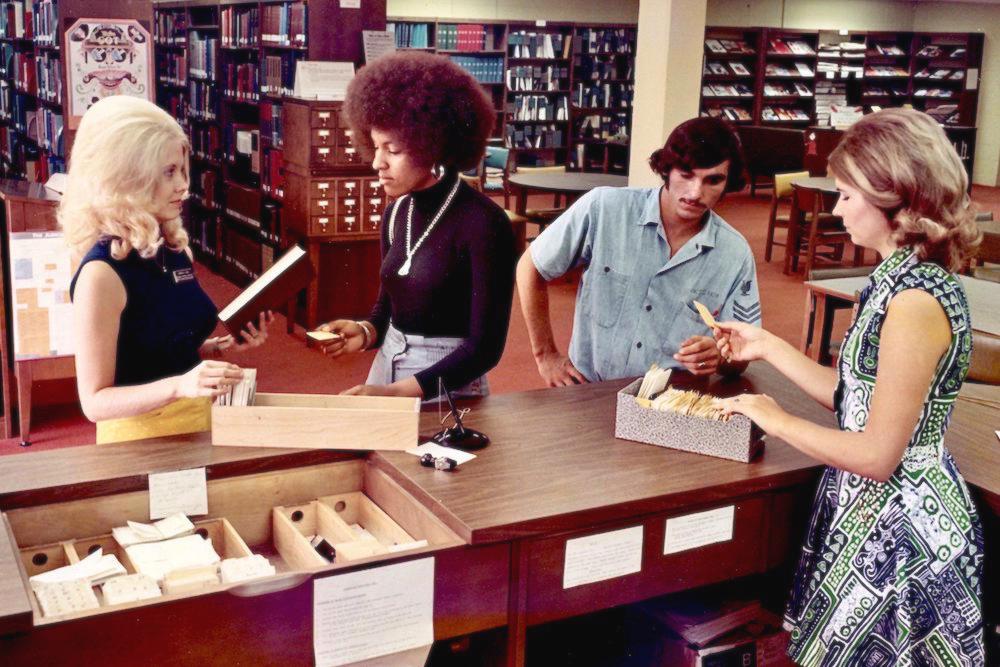
This colorized photo from the ’50s shows a group of young, debutant women at a cocktail party. They are absolutely glowing in their minimal makeup and glorious ball gowns. This was the sought after style of the decade.
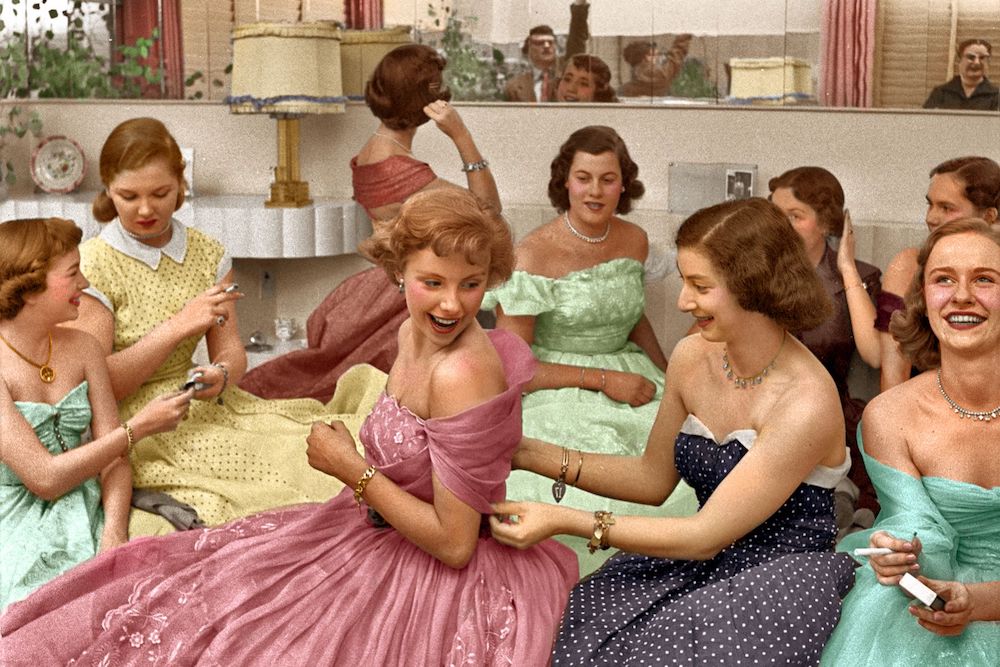
There’s something about these gorgeous fashions that just makes us want to play dress up. In those days, women wanted to wear dresses that cinched in their waist and cascaded down to their ankles. They came in all kinds of beautiful designs, bright colors, and decorative patterns.
Flying in Style
Take it all in: piano man Billy Joel reclines in his first-class airline seat in 1978. He was traveling from Austin to Dallas during a tour that promoted his 52nd Street album, but clearly the job had a few perks. He looks ever the singing and songwriting superstar in his big shades and baseball cap.
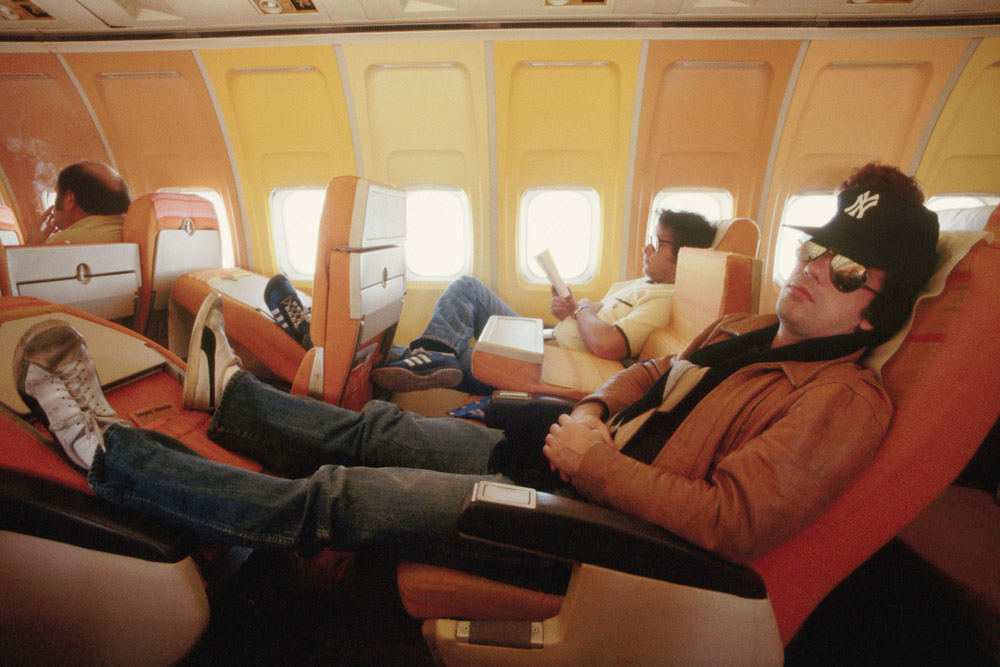
With that much legroom on a plane, we’re not surprised Billy’s feeling relaxed. And the way they’ve decorated could have only been pulled off in the ’70s. The designers opted for a gradient of sunset colors and, incredibly, matching plane seats. It looks more like a kids funhouse than it does a commercial aircraft.
One Way to Keep the Kids Hydrated
Who remembers being reminded to have a snack and a drink when we were busy playing games with other kids? This parent came up with the best solution; watermelon. t’s both one of your five fruits and vegetables a day and a thirst-quencher.
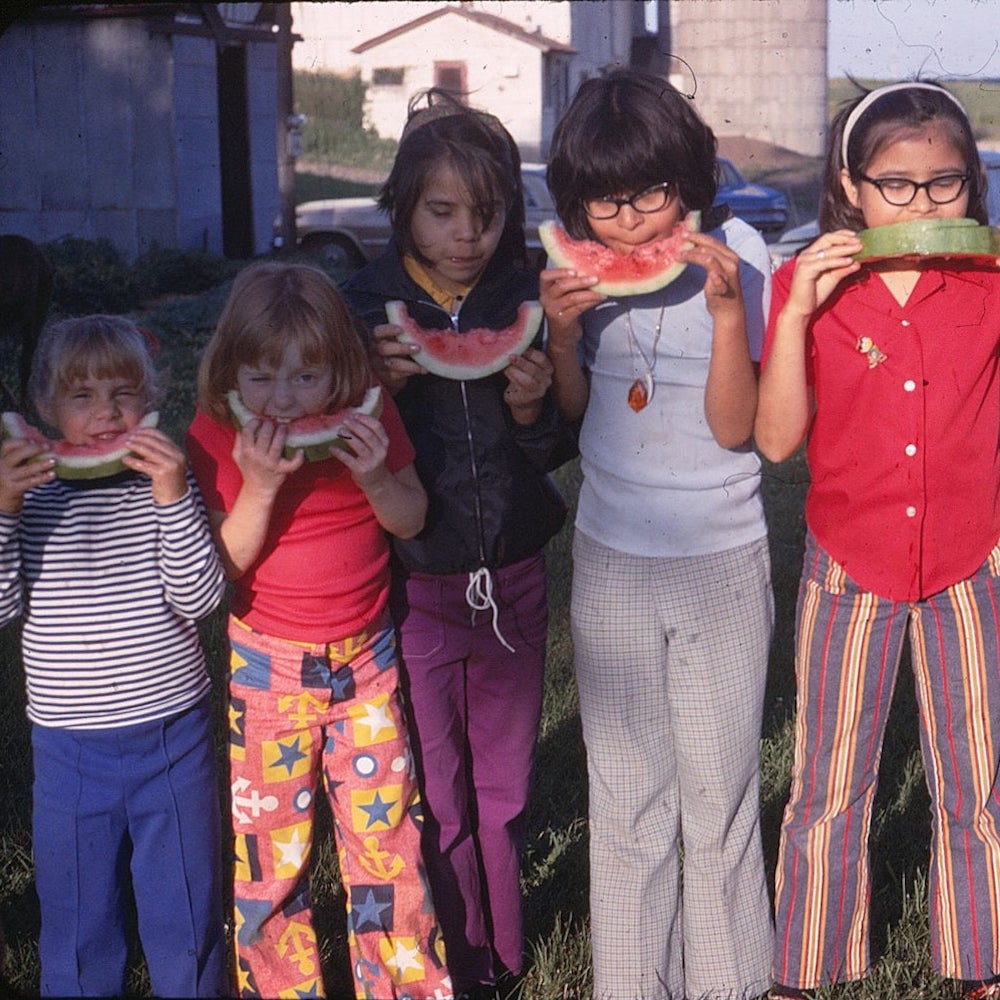
A Problematic Carseat
This baby from the ’50s looks super cute in his old-man flat cap and all-white ensemble and has a surprisingly stylish car seat to match. We had no idea that parents back then could get their hands on a sleek, minimal, and chrome-finished seat for their little ones.
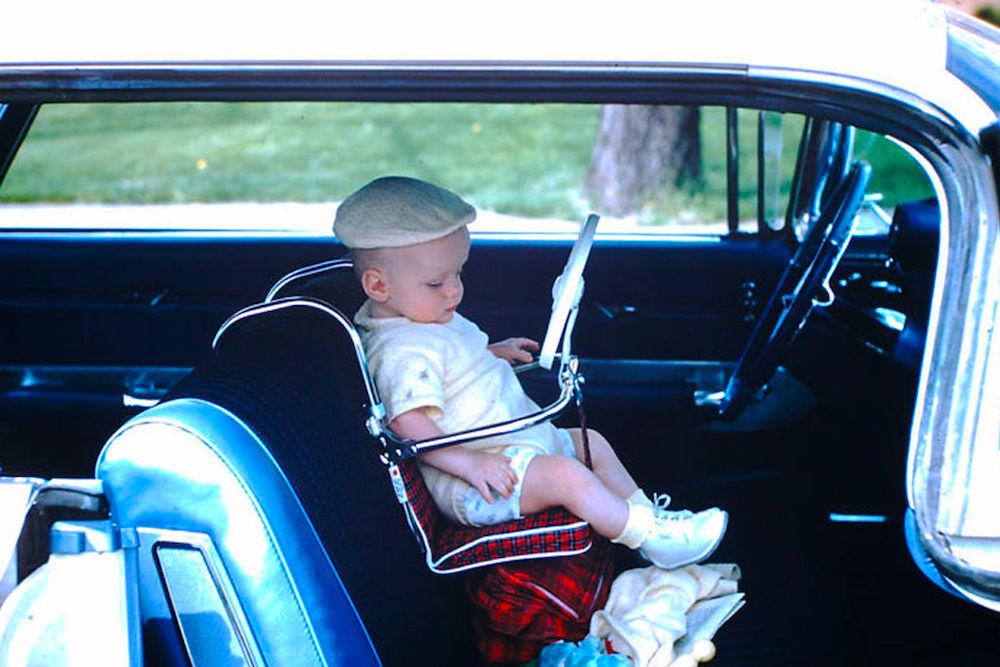
Of course, it looks considerably less safe. This was back in the days where there were far fewer road rules and regulations, and babies could ride in the front seat without being strapped in! It’s a scary thought, and an interesting image to see just how far we’ve come since then.
Catching Rays at Any Age

The Retrofuturistic Aesthetic
Take a look at retrofuturism at its finest. In the ’60s, fantasizing and imagining what kind of future awaits us was the big thing, encouraged by the strides made in space travel and Commander Neil Armstrong landing on the moon.
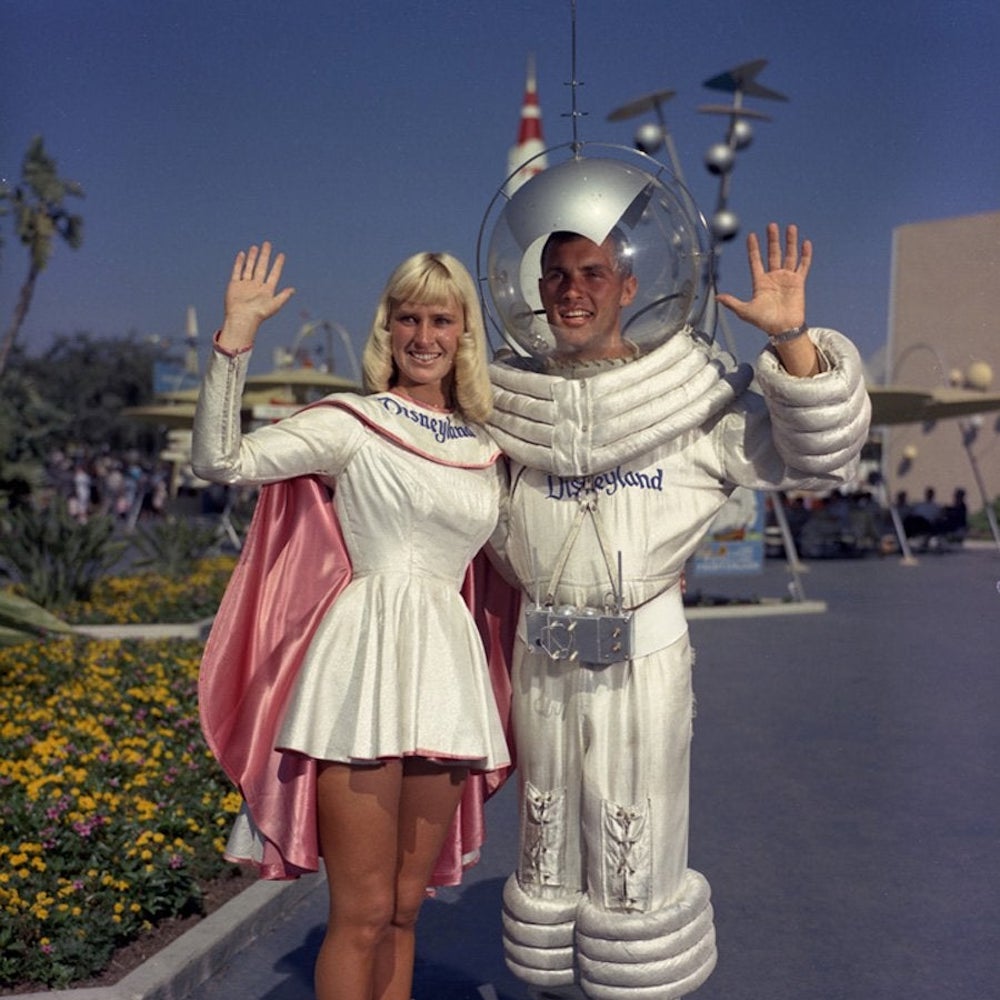
These two costumed actors at Disneyland are a perfect example of what attracted so many to the idea of a technologically advanced future. People anticipated the styles that will come, the sleek and streamlined looks, and the advancements in science and technology. It was irresistible to people’s imaginations.
Car Culture in the ’50s
A fascination with antique cars was around even in the ’50s. Check out the parking garage of this drive-through, where a bunch of young men loiters about next to the blue car of a bygone era. The irony is that all of their cars are, by today’s standards, considered classic cars.
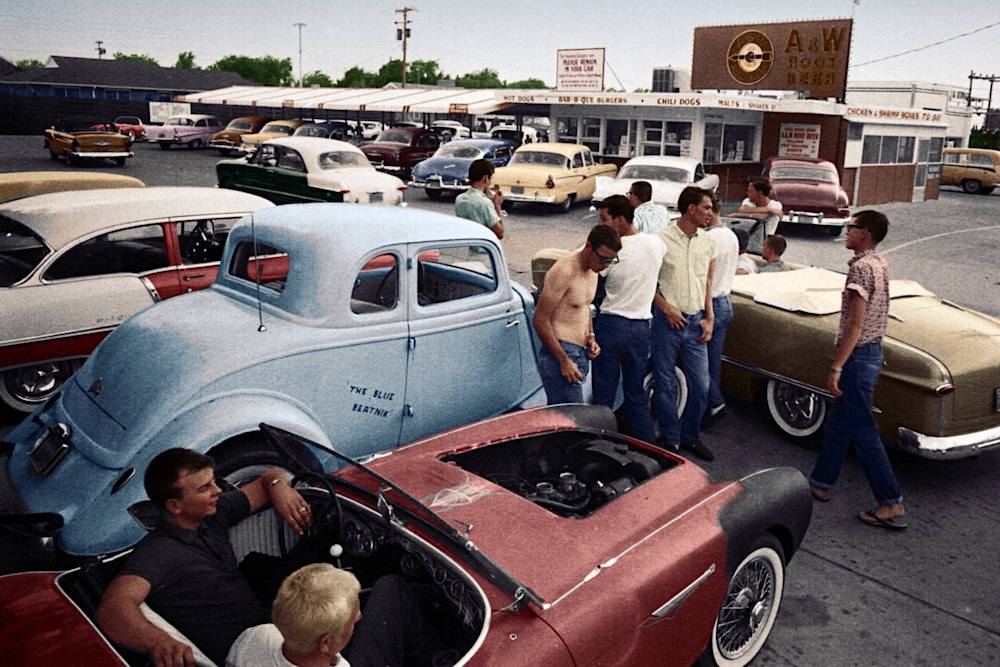
In the ’50s, drive-throughs were a regular social hangout for young people, and this photo captures that perfectly. They could get fast food at a low price and linger around each other cars, coming and going as they please. One step up was the drive-in theater when many young couples would have their dates.
The Fast-Food Boom
A fast-food chain that’s still alive and well today is Jack in the Box, the drive-through that specialized in hamburgers. Many of the fast-food chains were born in the ’50s such as Wendy’s and McDonald’s, and it’s pretty fascinating to see what they looked like in their early days. We can see that Jack in the Box went for a playful company design even back then.

ack in the Box was founded in 1951, first opening in San Diego. They had an intercom system connected to their tiny restaurant space and offered the passing traffic hamburgers for only 18 cents. In 1954, they successfully expanded their business in Texas. Fast forward almost 70 years, and they have over 2,000 restaurants now in the US.
What a Real Seventies Wedding Looked Like
One Reddit user just had to share this image of their parents looking, as they put it, “magazine shoot ready at their wedding.” It was the late ’70s and boy, was fashion different back then. It was a hot summer day in South Dakota and they had made their day a family-only affair.
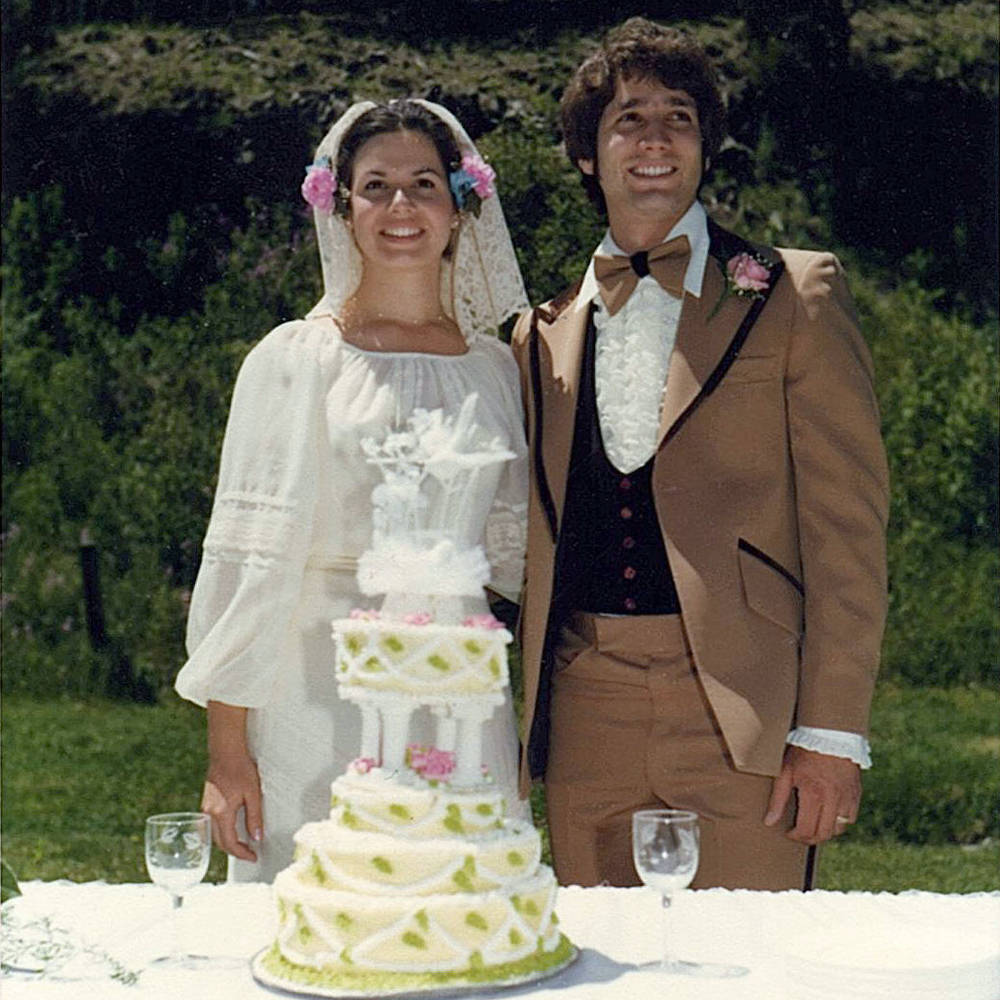
You might have noticed that their cake is leaning a little more on one side. The person who posted it admitted that since it was so low-key, the cake was handmade. We’re just loving the vibe of this couple either way. From the bride’s peasant-style gown to the groom’s brown tuxedo and ruffled shirt, you couldn’t get more ’70s than that.
The Happiest Sound of Our Childhood
There’s nothing that brought more joy to our young ears than hearing that the local ice cream truck had finally come to our part of town. That being said, it’s not just for kids – adults would also hurry to get a frozen treat whether they like to admit it or not. Take a look at this ’70s throwback of a line of people waiting to be served by Mister Softee.
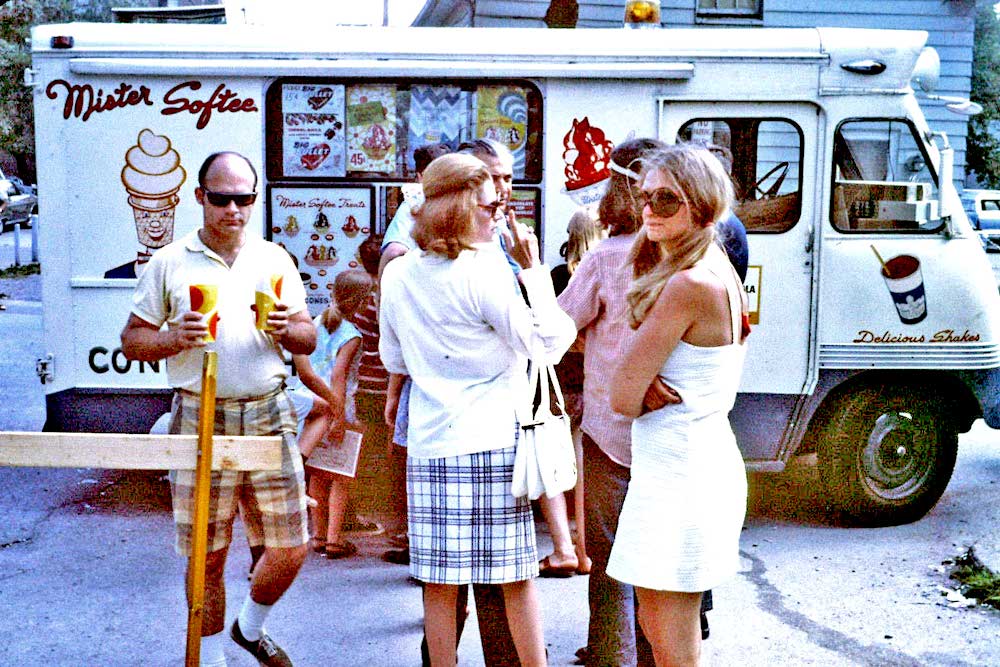
It’s interesting to see that in almost 50 years, hardly anything has changed. Ice cream vans still advertise their delicious treats in posters along the side of the vehicle, and they still drive through neighborhoods playing music. We guess it comes down to the old saying: if it ain’t broke, don’t fix it!
A Picnic With the Gals
It may not have the popularity that it has today but even in the ’50s, some people took to bathing in the sun, hoping for a tan. As is the case for these four young women, three of them have dressed down to their bathing suits to get the best possible results (while still remaining modest!)
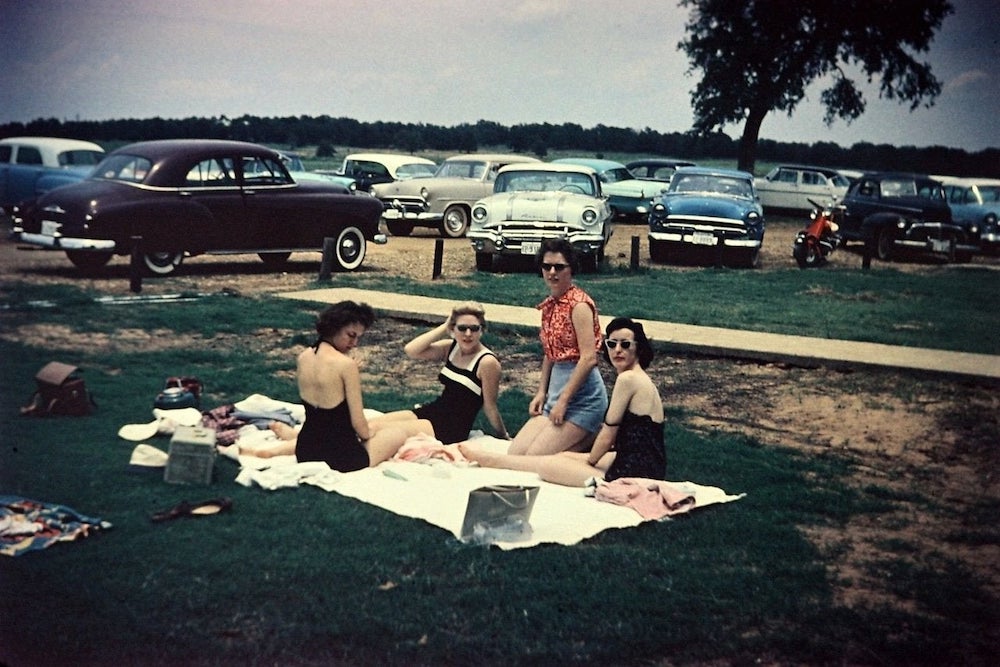
These ladies are doing what people still do to this day. They meet up and hang out outside in a park looking to get the most out of the good weather. We love seeing that these young women chose to picnic out in the open with not a care in the world about onlookers.
Limitless Advertising
We didn’t realize that advertising was quite so forceful back in 1960. Take a look at this corner shop that’s been plastered with Coca Cola ads on every square inch. No wonder it’s such a staple household drink – even for these young kids, with all that signage, buying a refreshing cola seems hard to resist.
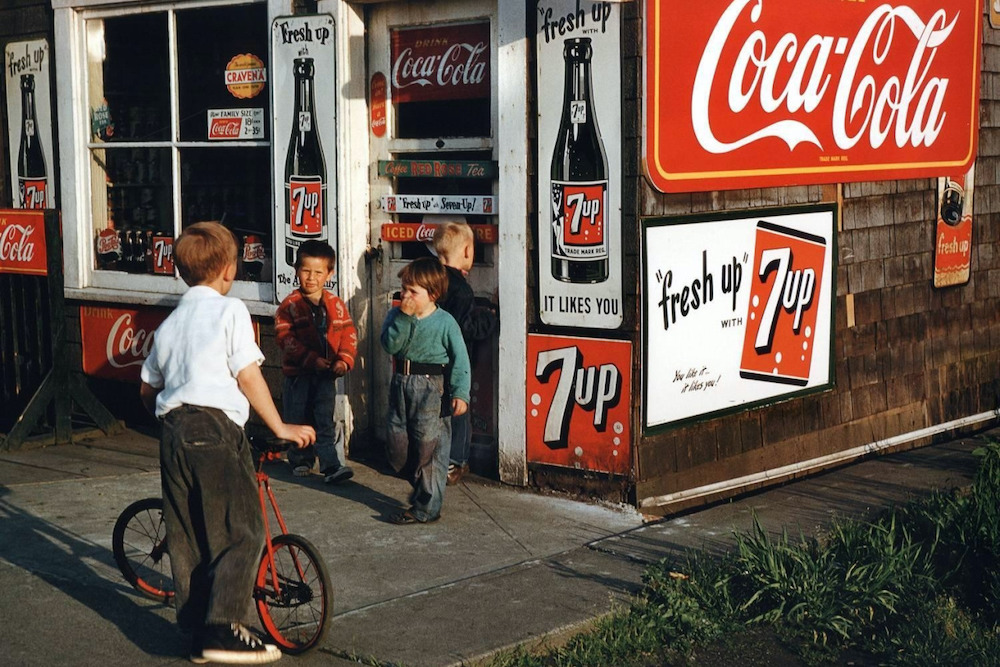
Taken by photographer Fred Herzog, he took this color image in 1960, when color photography still wasn’t taken as seriously as the classic black and white. He persisted, favoring bold colors in particular. He loved to capture the complexities of street life, and in the end, it paid off. This photo is worth up to $5,000 today.
Vintage Groceries
Supermarkets in the south have a reputation for being large and selling products in bulk-sized quantities. This image proves that it was also the case back in the ’50s, where we can see two friends bump into each other during their regular household shop.
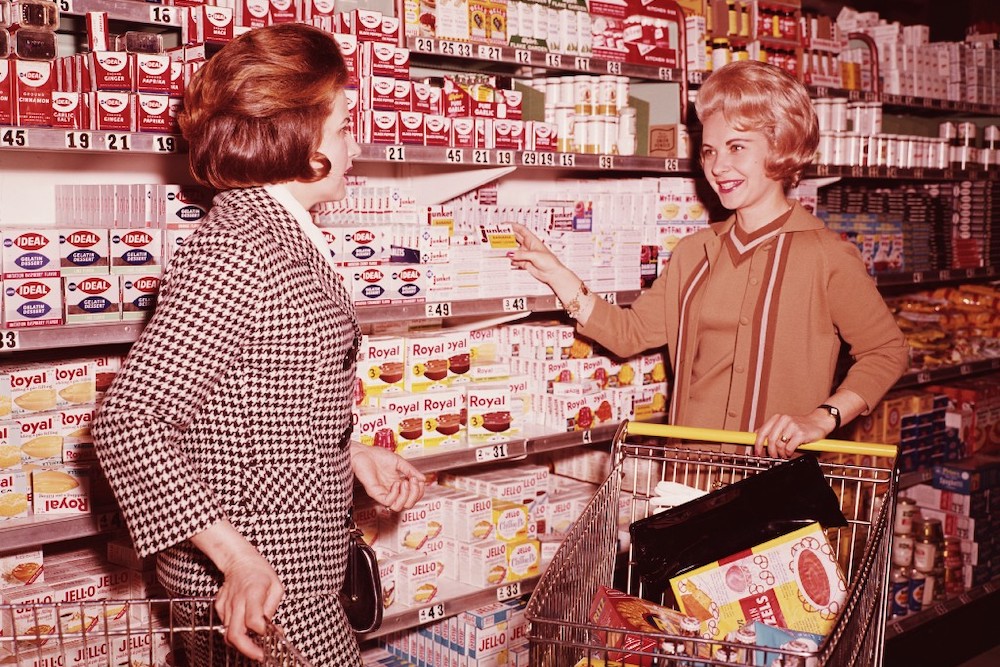
If we’re trying to see the evolution of supermarkets this photo doesn’t really help! As we can see, the aisles look pretty much the same as they do today – filled to the edge with packaged items. The only notable difference we can see is that the labels were far less descriptive or attention-grabbing. No $0.99 here!
The OG Supermodel
Before Kate Moss and Bella Hadid, there was fashion model Anne Sainte-Marie. She was one of the most popular models in the fifties, appearing in tons of publications and magazines. On numerous occasions, she graced the cover of Vogue. Here she is in 1959, by a pool in New York City.
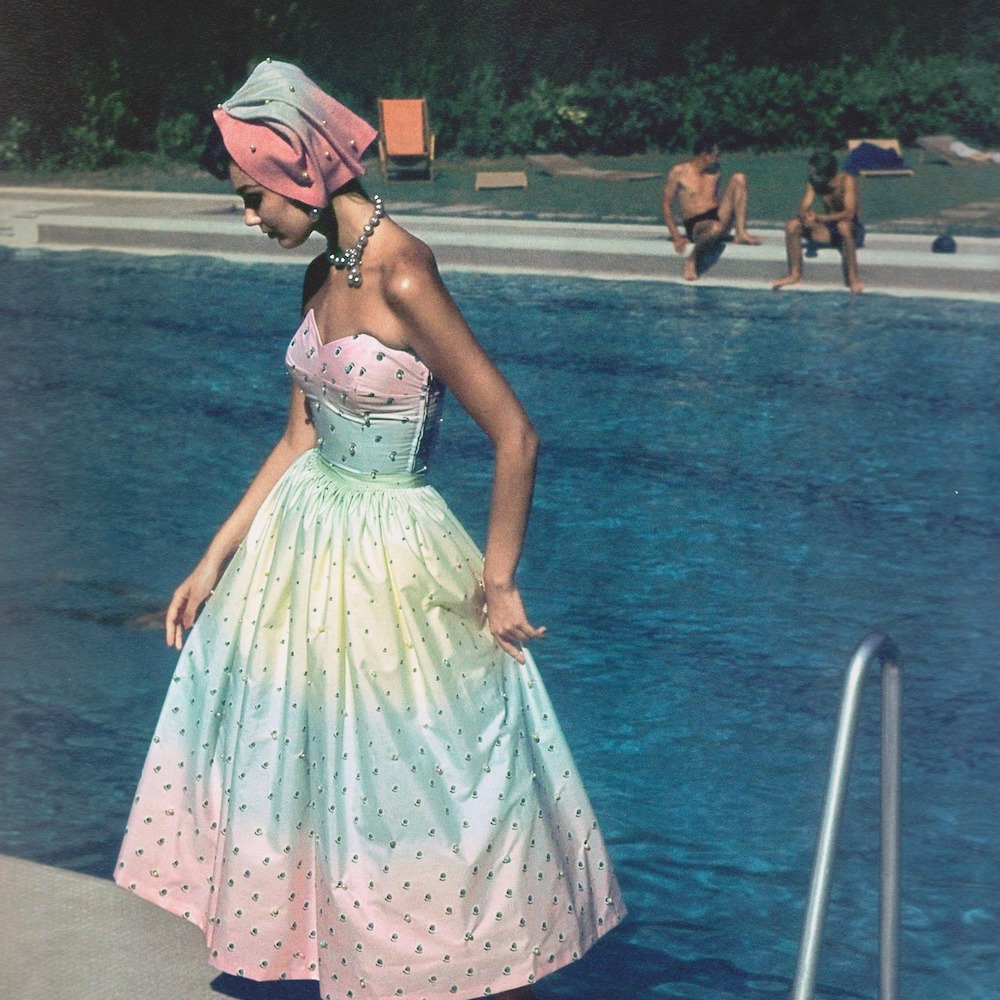
Well-connected, she was a so-called “it girl” of her day, attending society parties and rubbing shoulders with the rich and famous. Here, she models a stunning pastel-colored gown that featured intricate beading and a matching headpiece. To us, she looks reminiscent of Audrey Hepburn.
The City of Dreams
This stunning editorial picture from 1958 features two fashion models in New York City. Their style of dress appealed to the targeted readers of Vogue, who were wealthy high-society women. It was taken by the famous fashion photographer Sante Forlano and remains to be one of his best-known photographs.
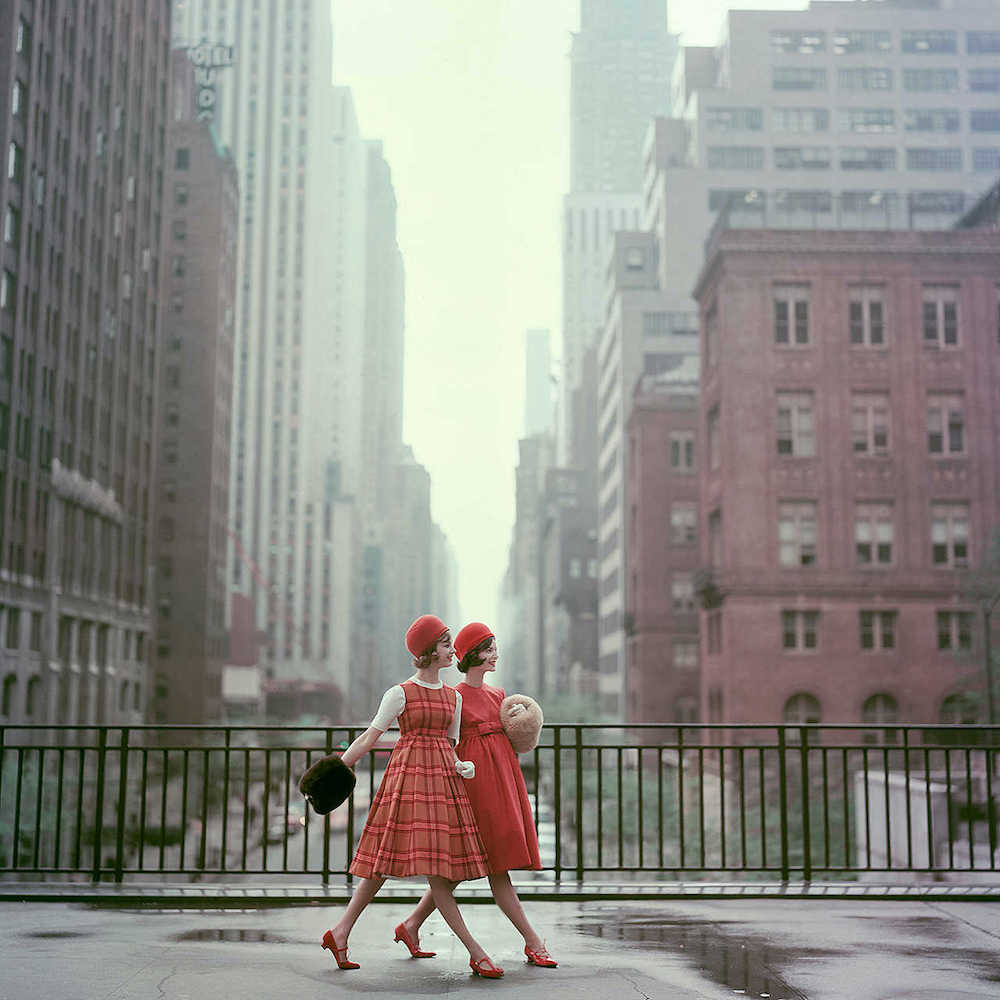
This stunning editorial picture from 1958 features two fashion models in New York City. Their style of dress appealed to the targeted readers of Vogue, who were wealthy high-society women. It was taken by the famous fashion photographer Sante Forlano and remains to be one of his best-known photographs.

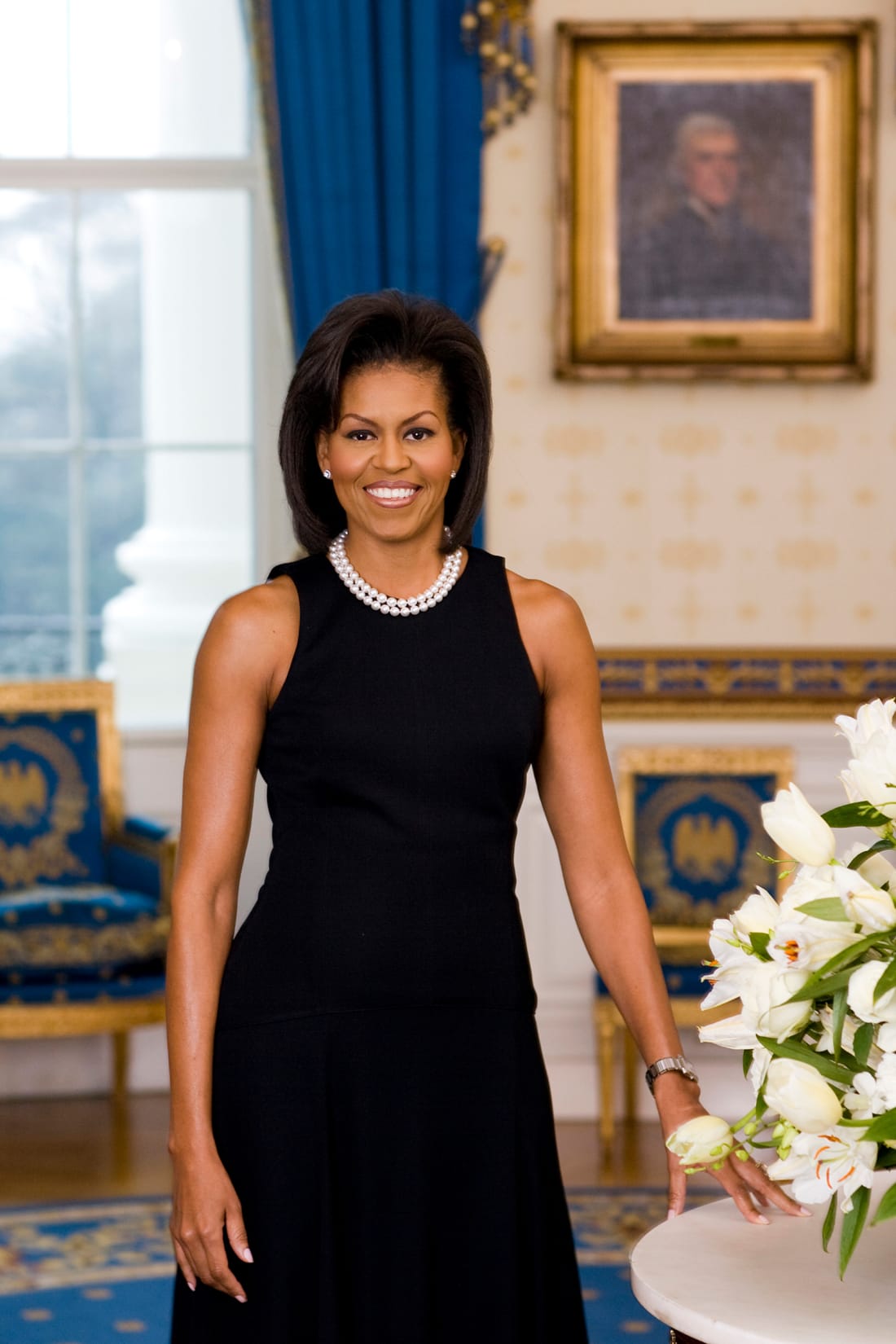

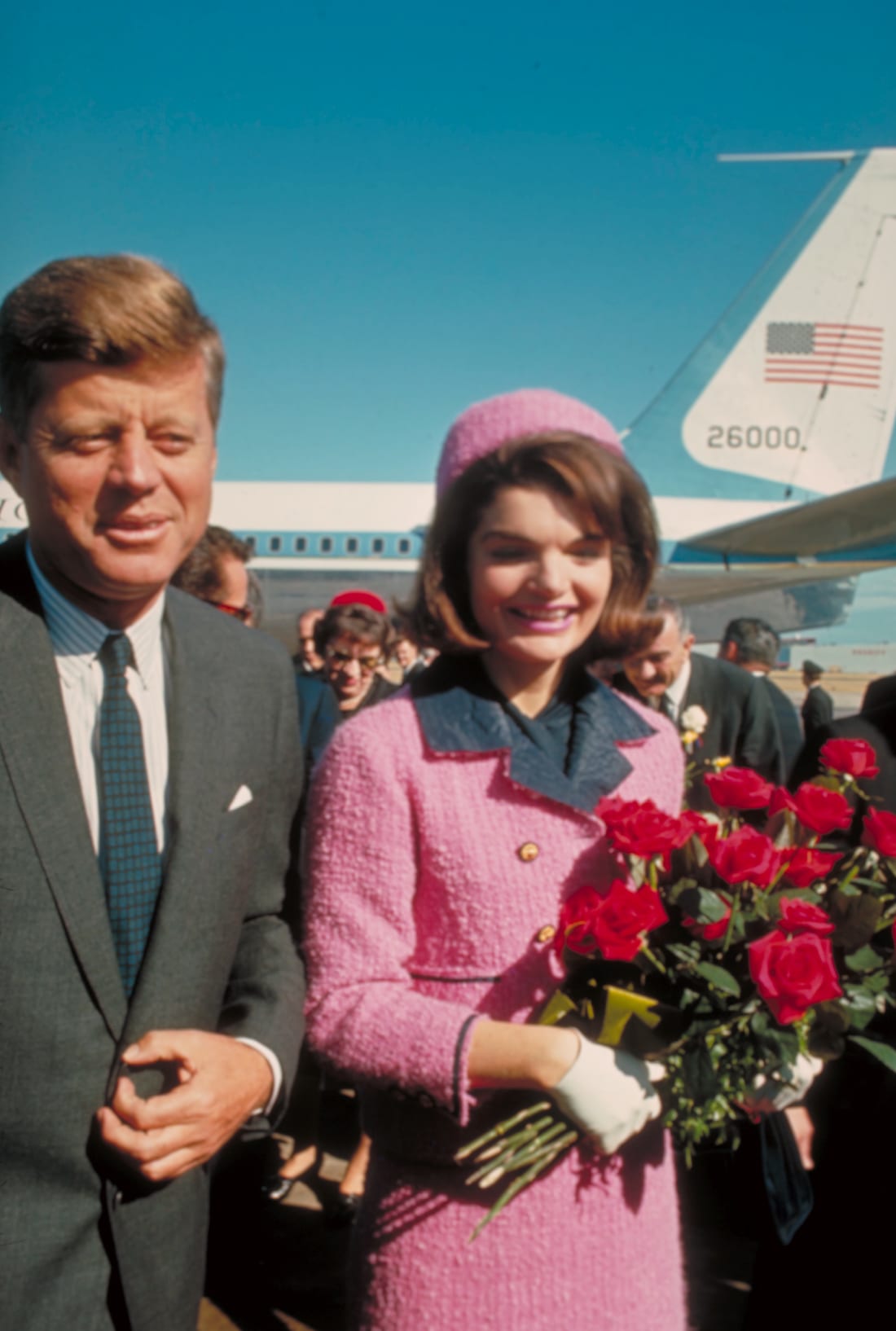
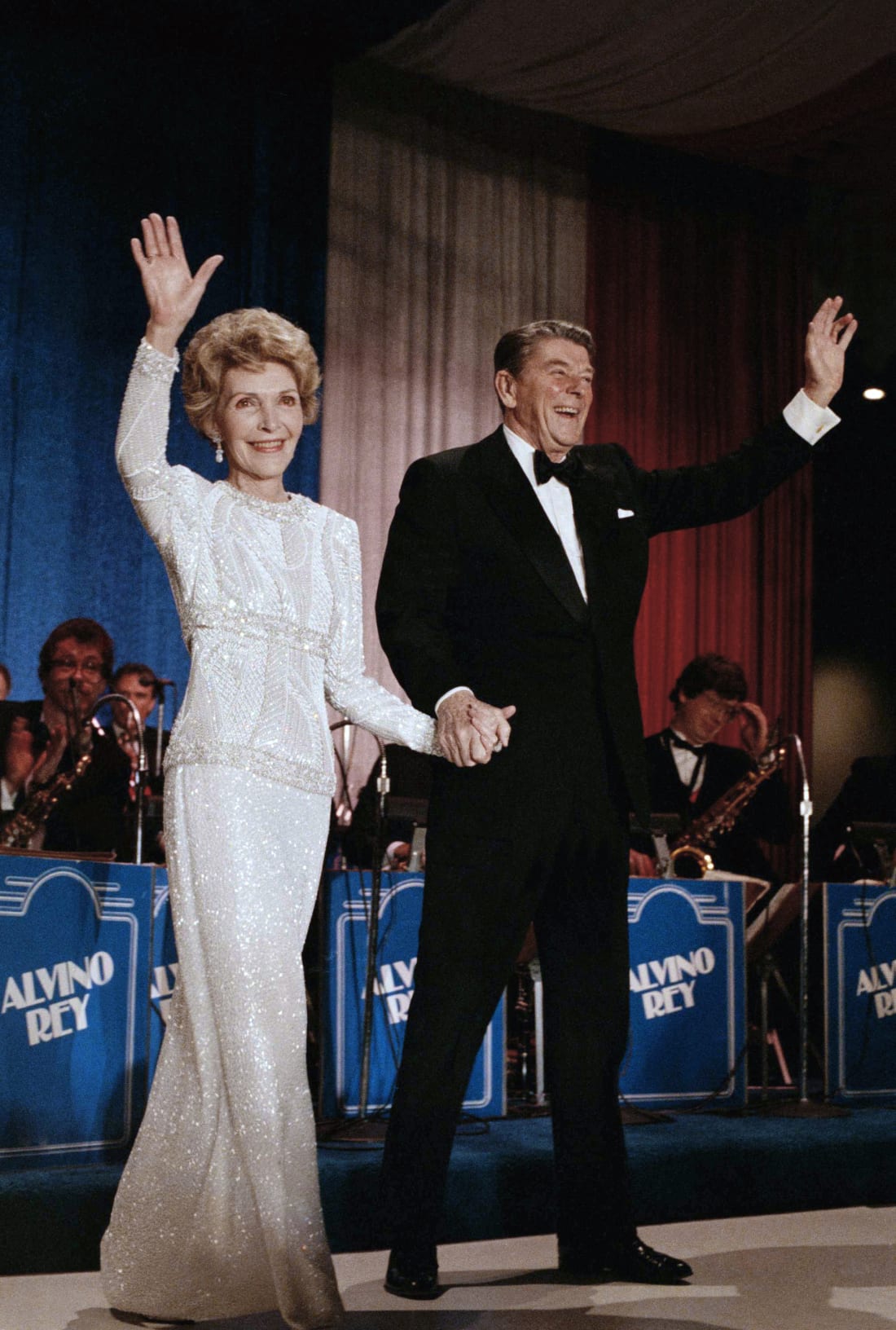
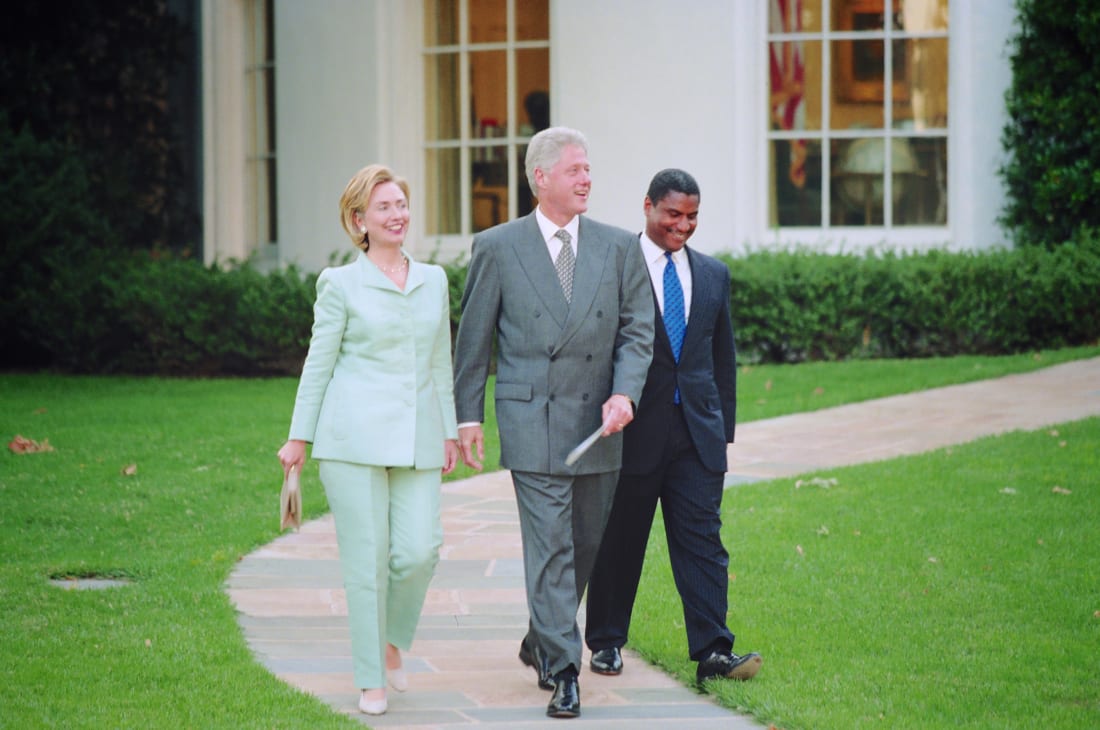
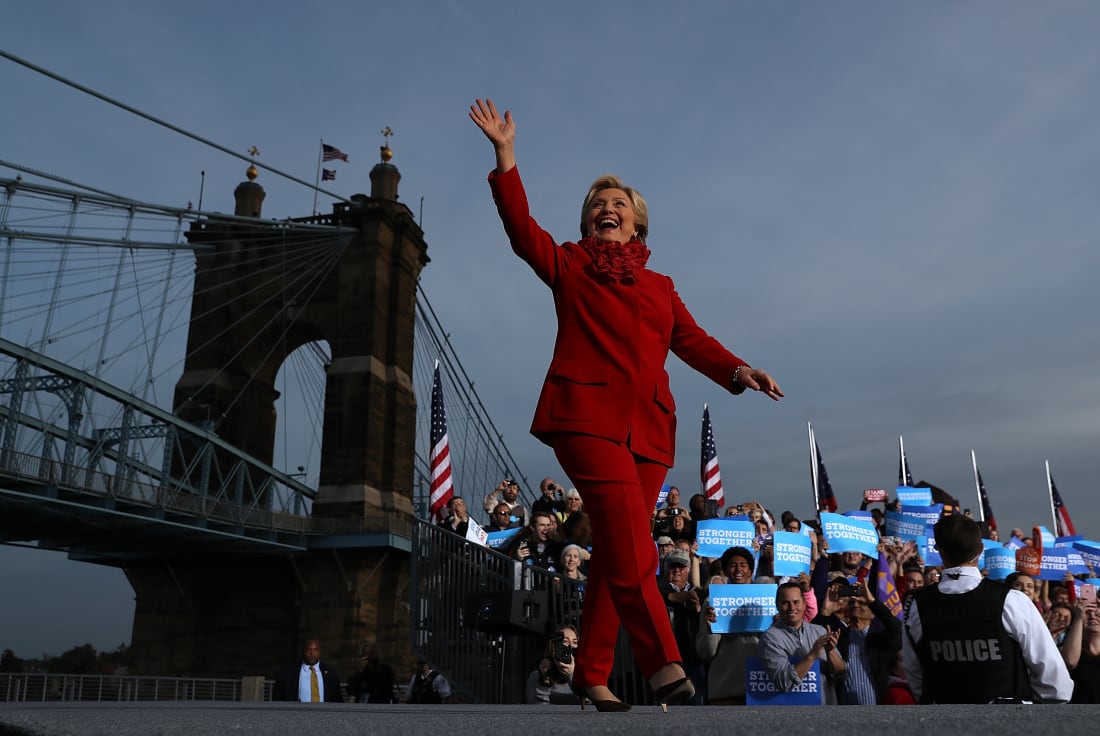
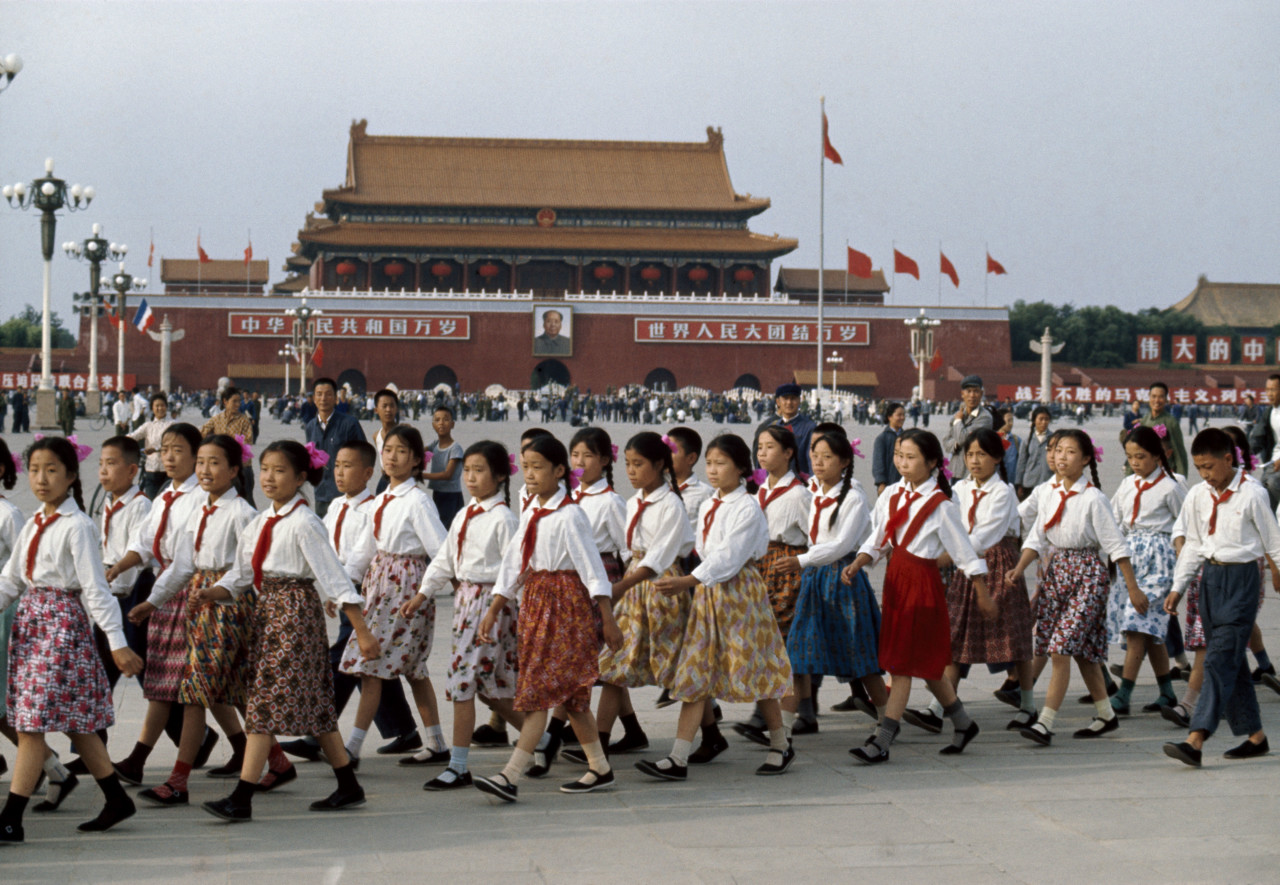

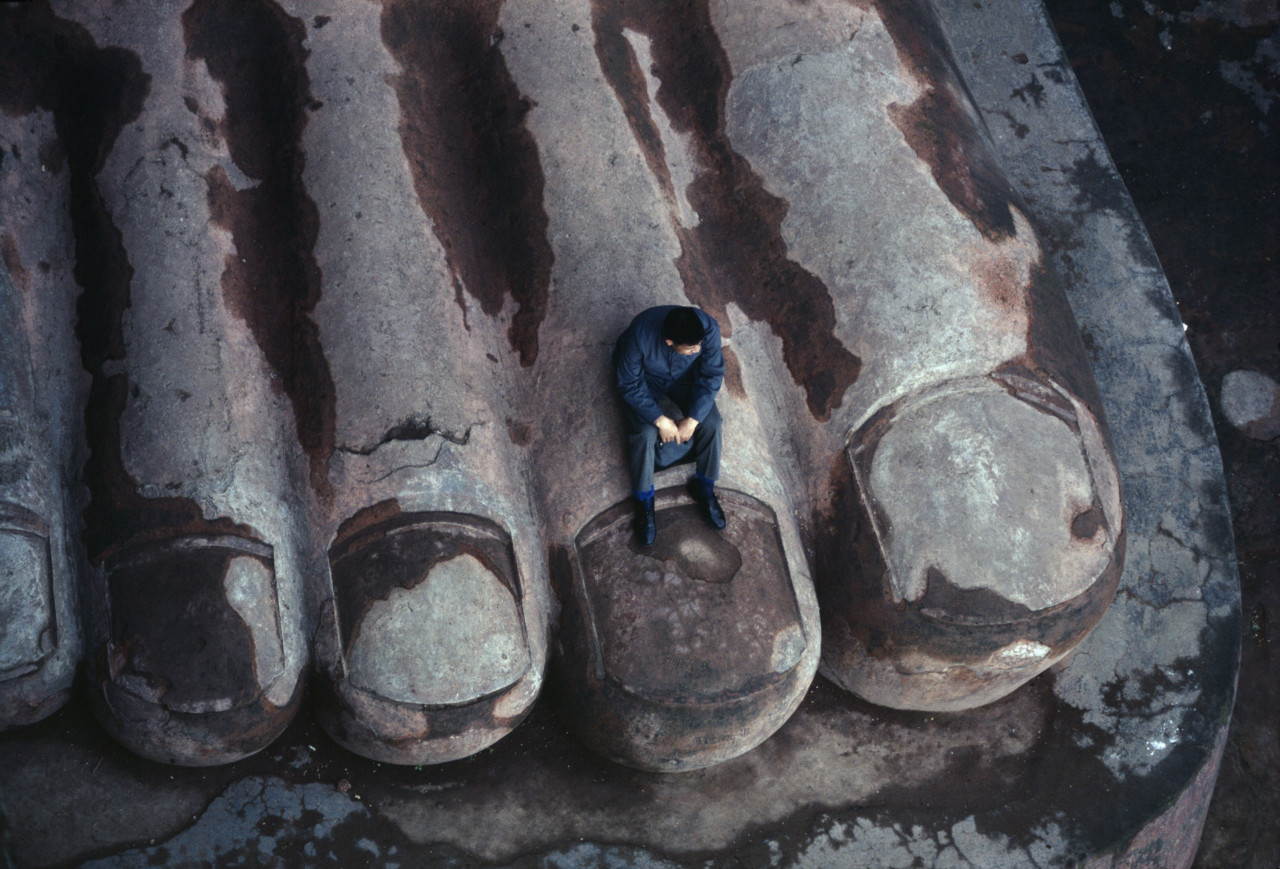
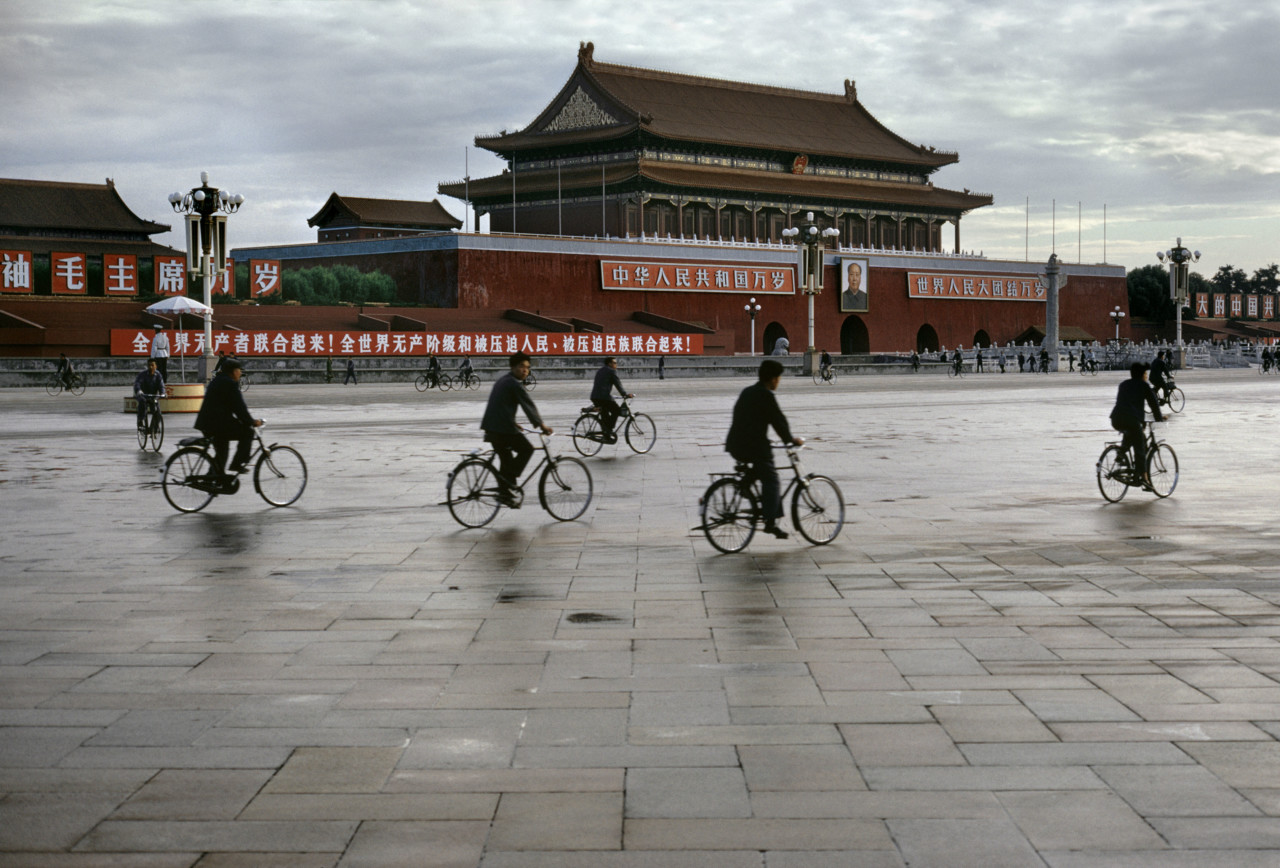
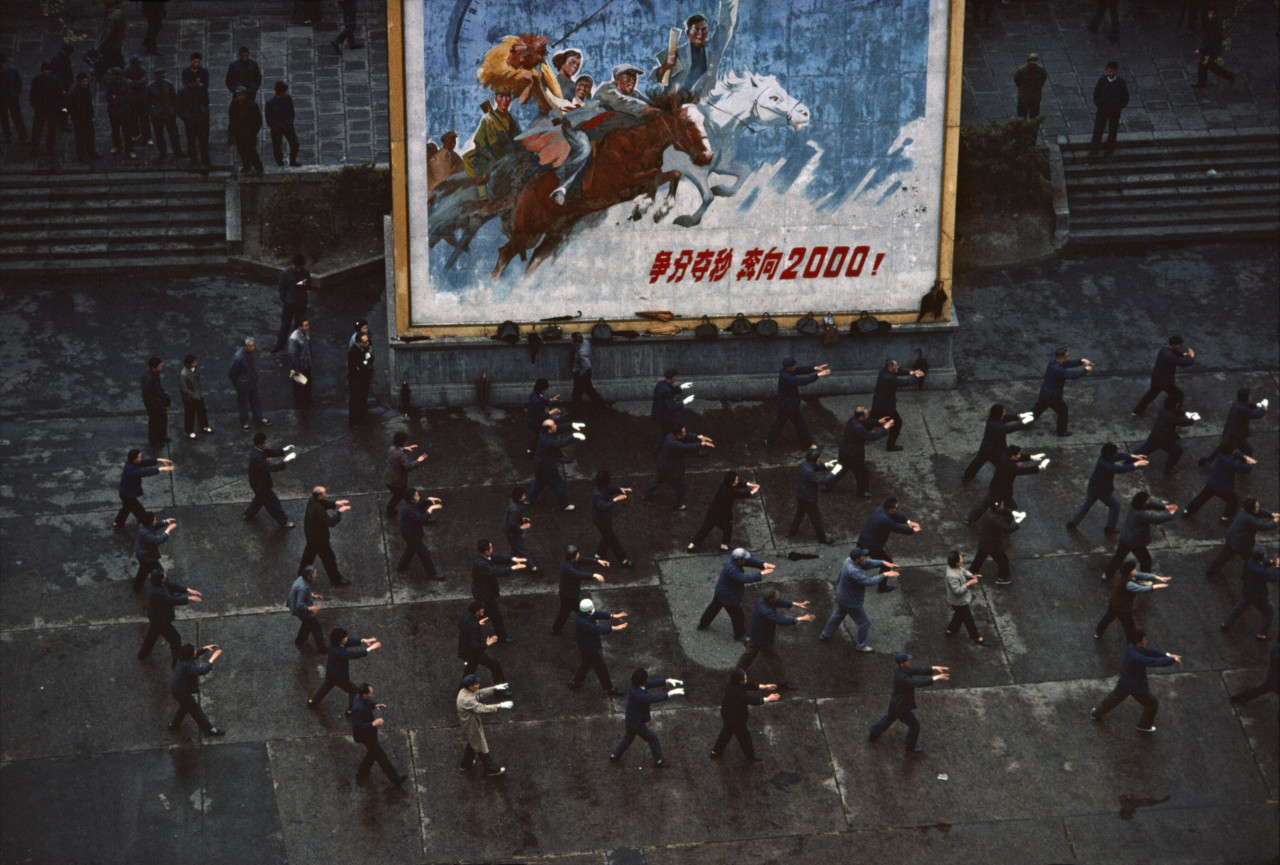
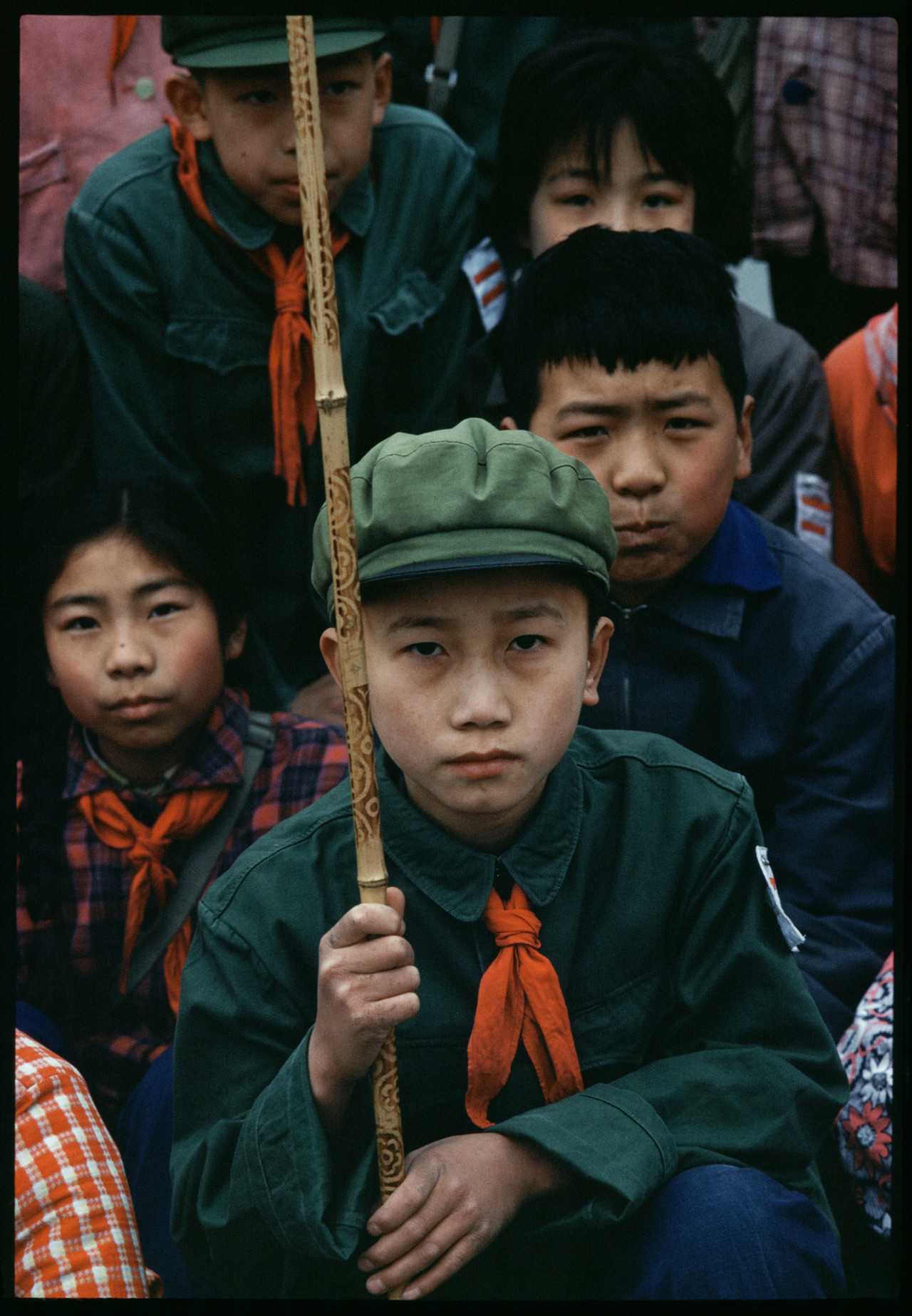
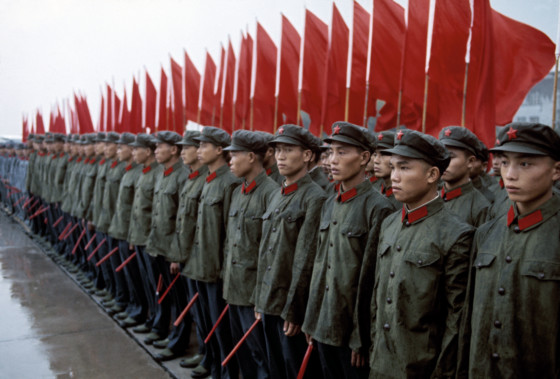

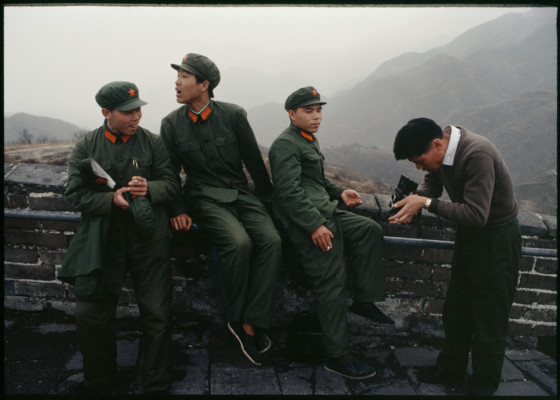
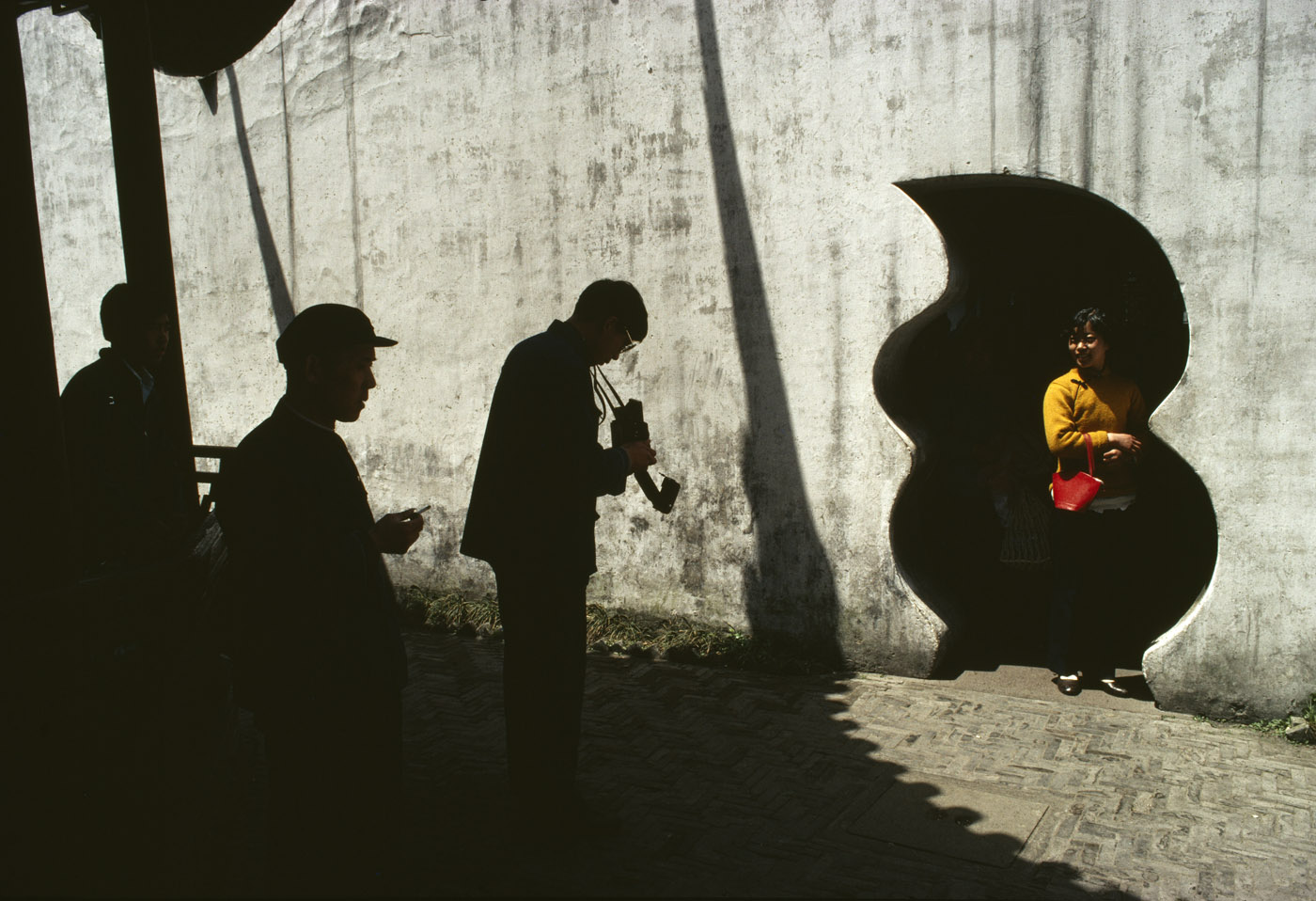
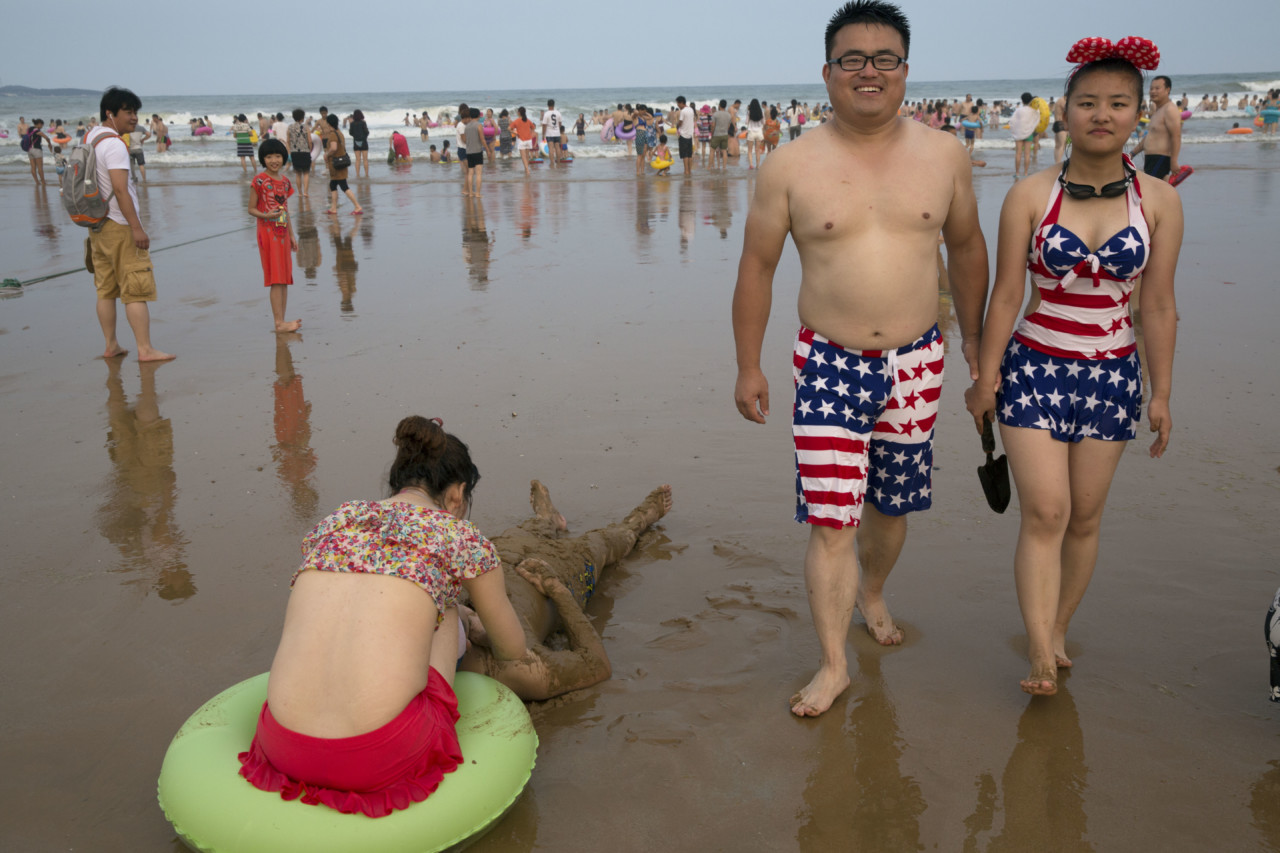
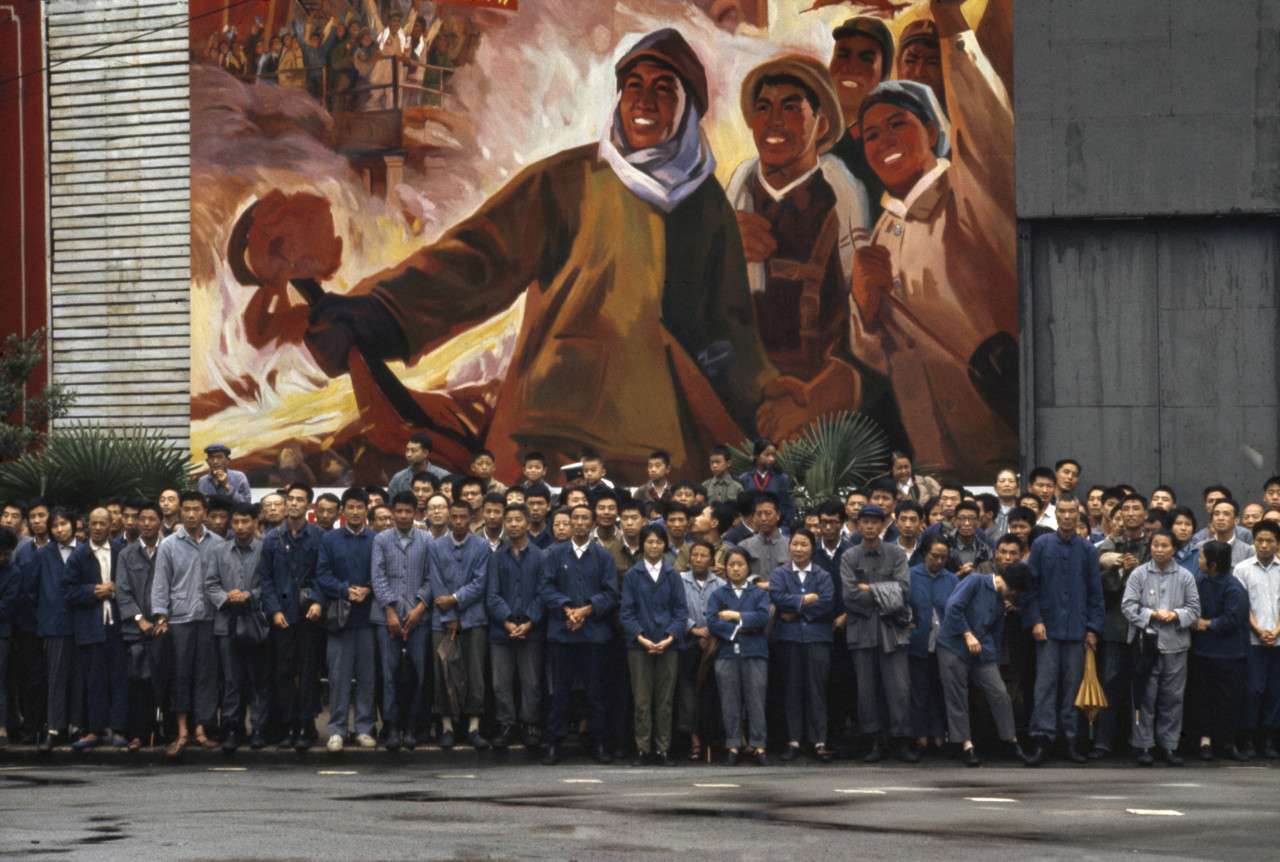

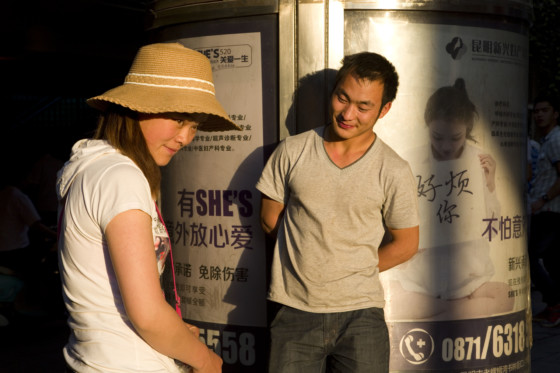

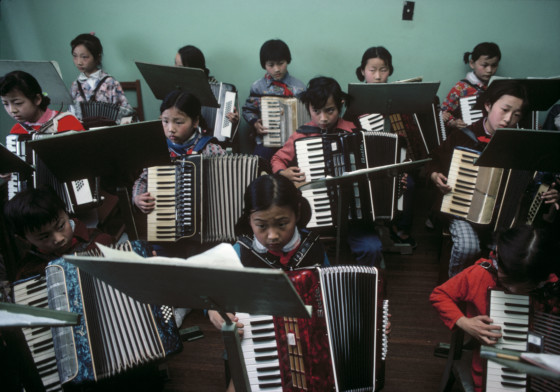


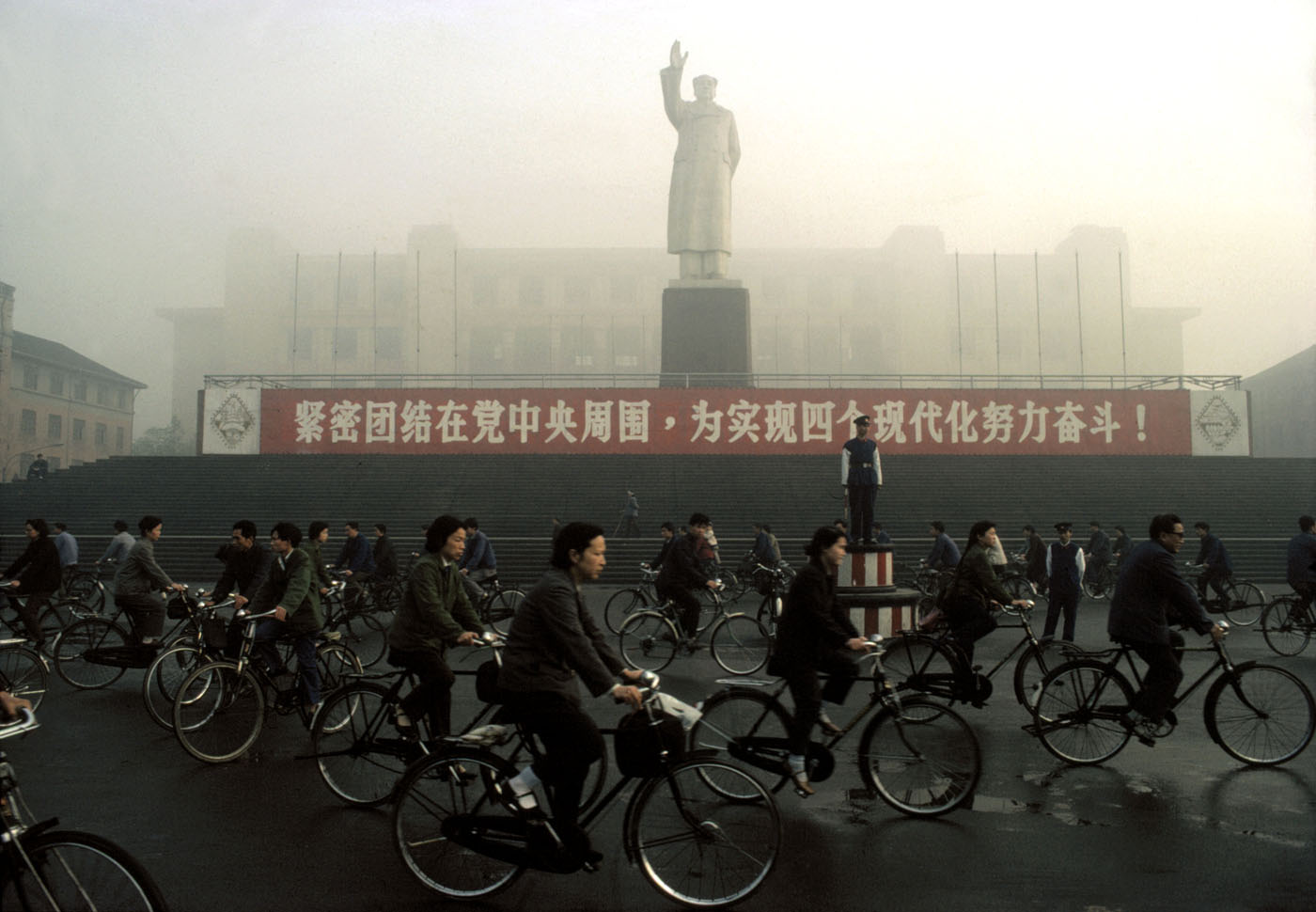
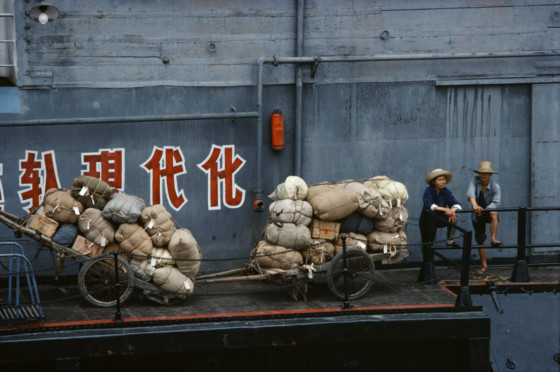
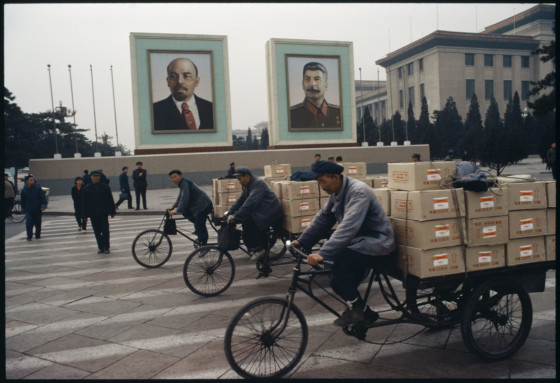
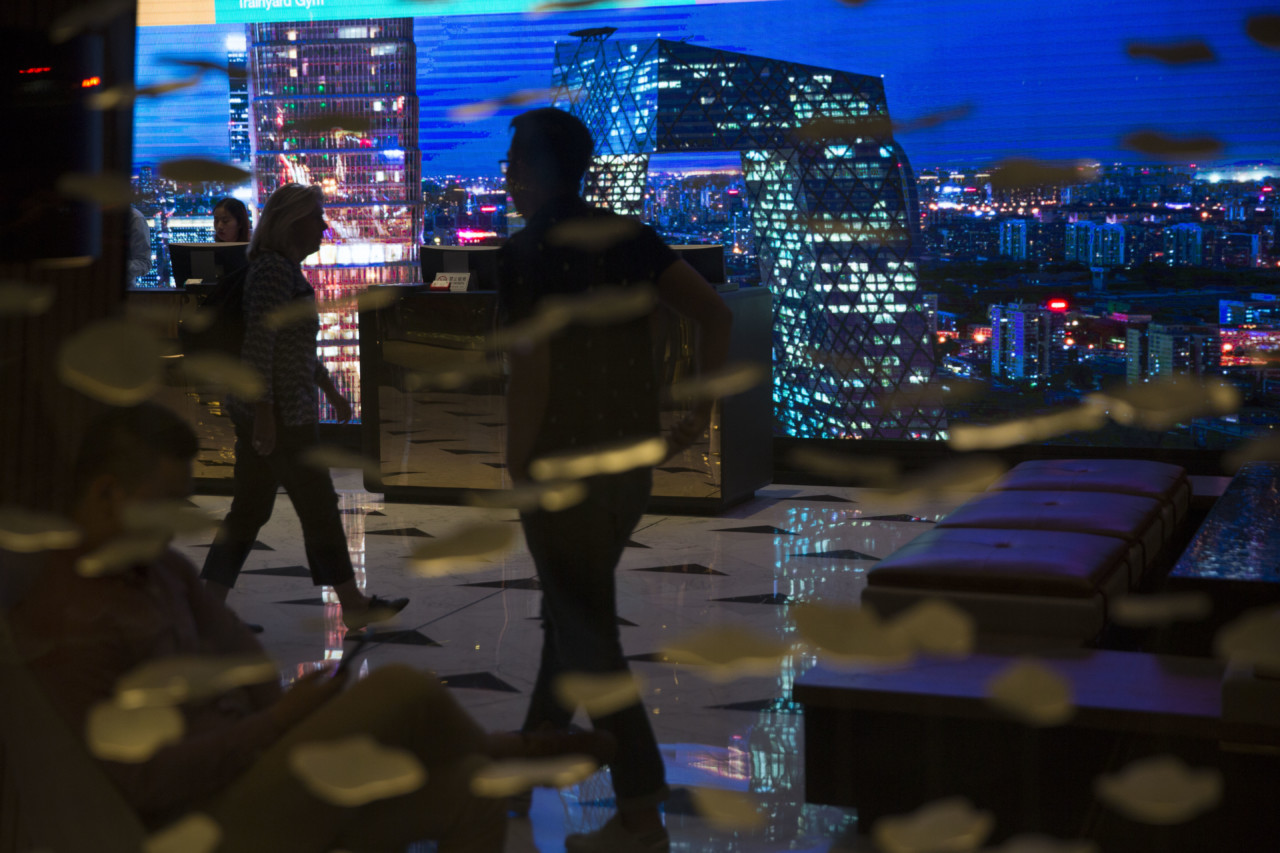

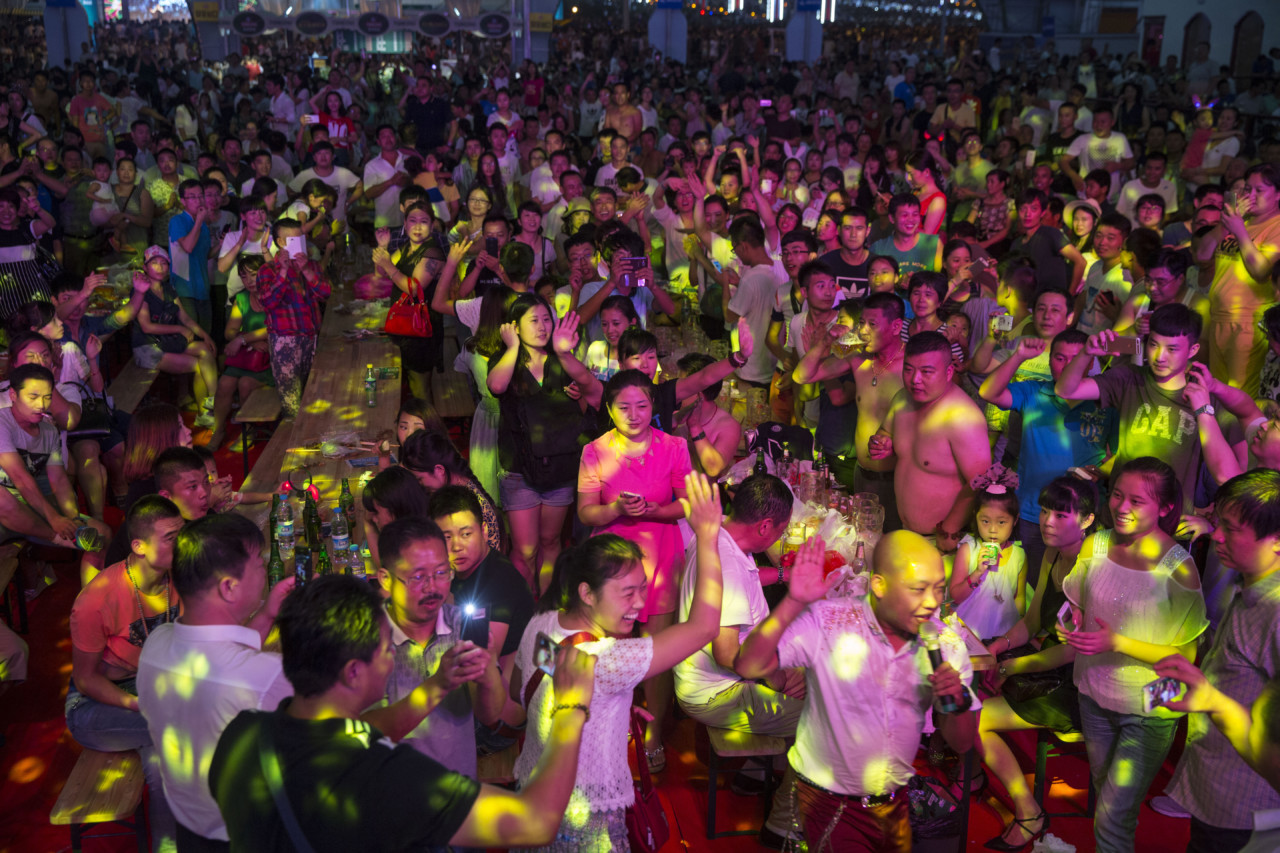


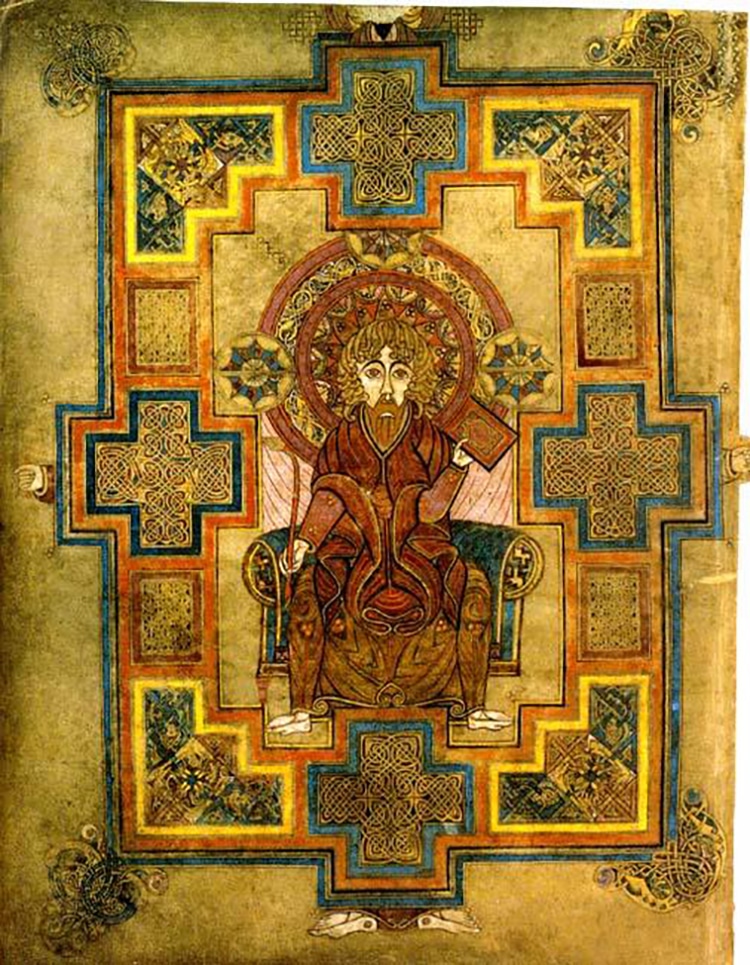
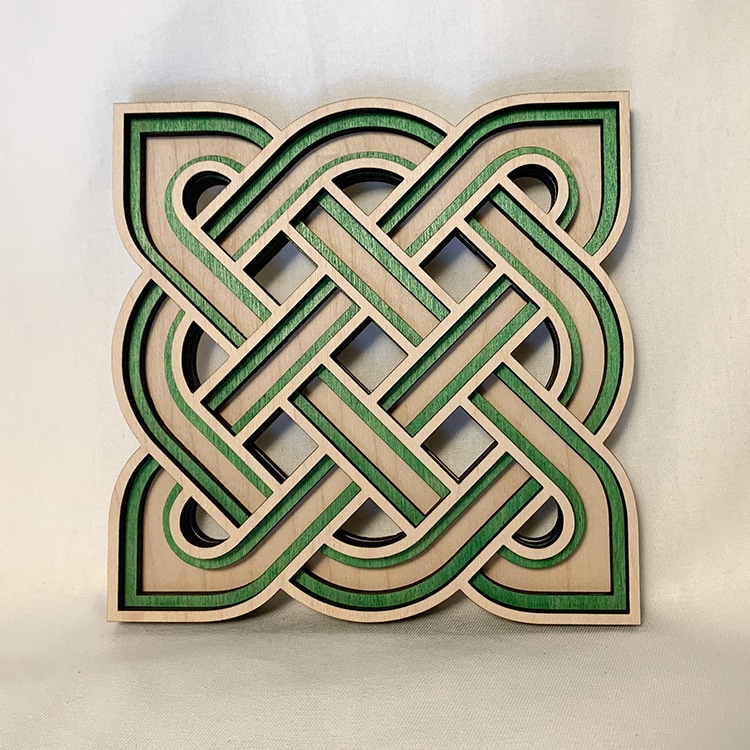


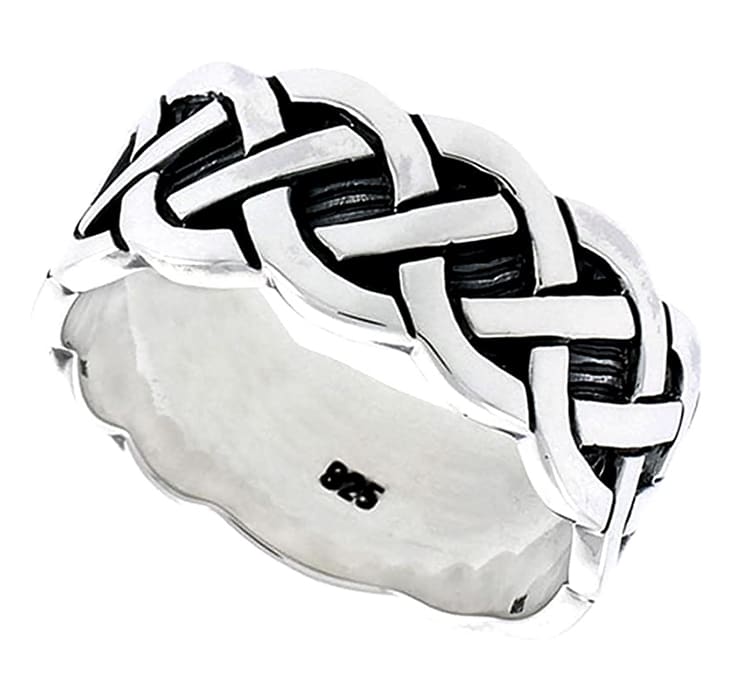

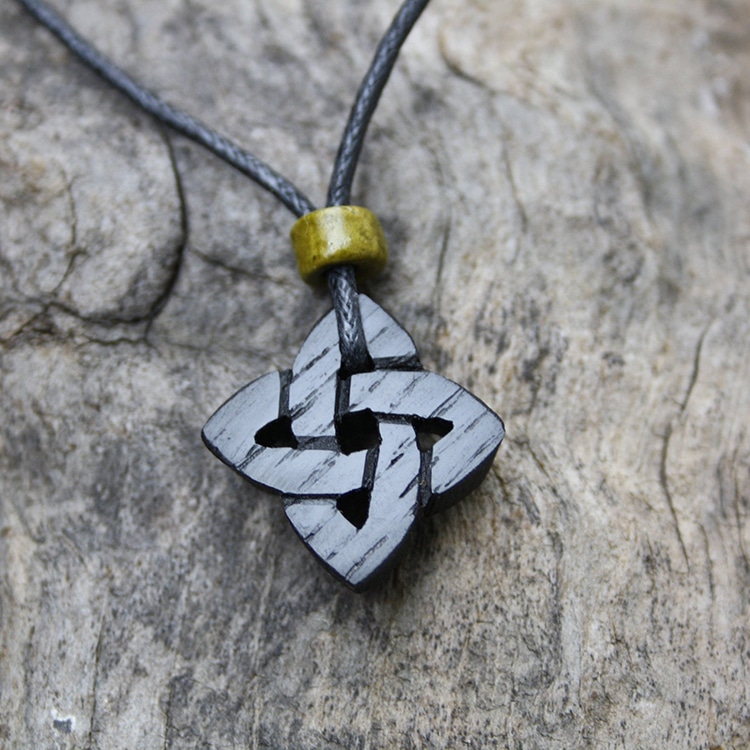


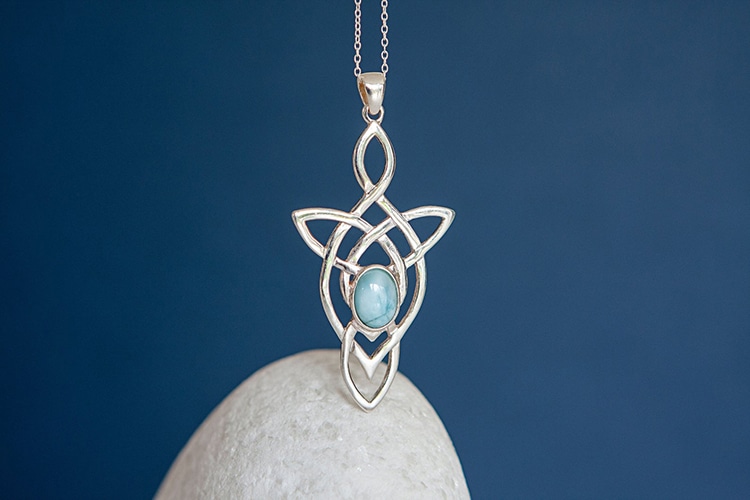
 Medical workers take care of a patient at the ICU of the George Papanikolaou General Hospital in Thessaloniki, Greece, on November 11, 2020.
Medical workers take care of a patient at the ICU of the George Papanikolaou General Hospital in Thessaloniki, Greece, on November 11, 2020.